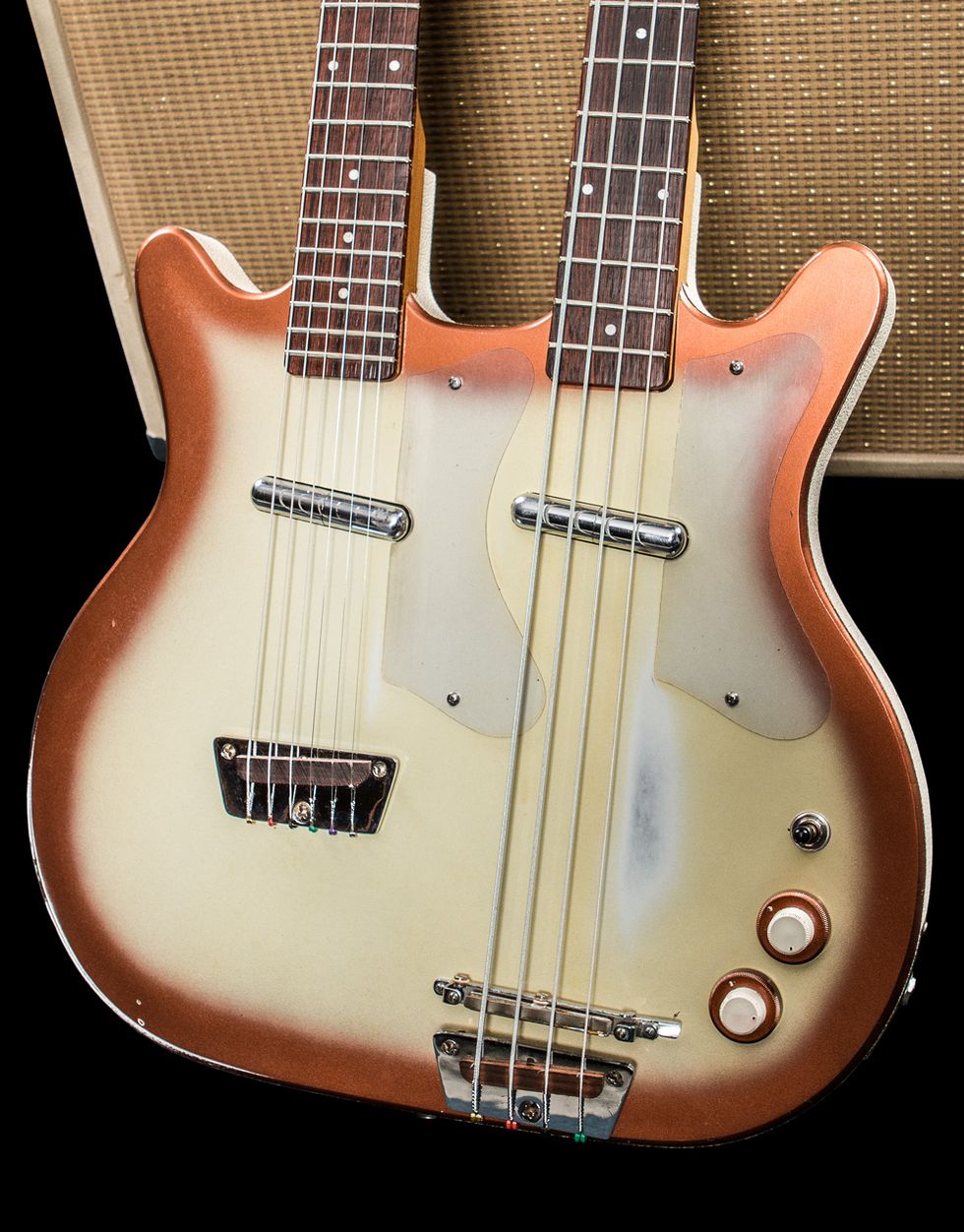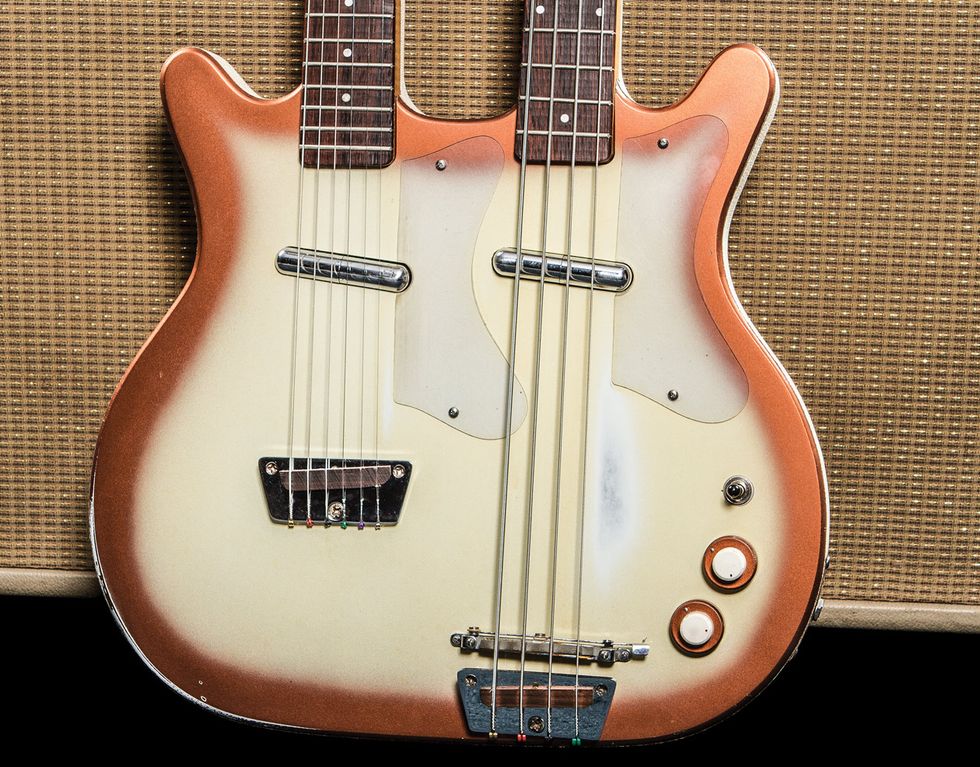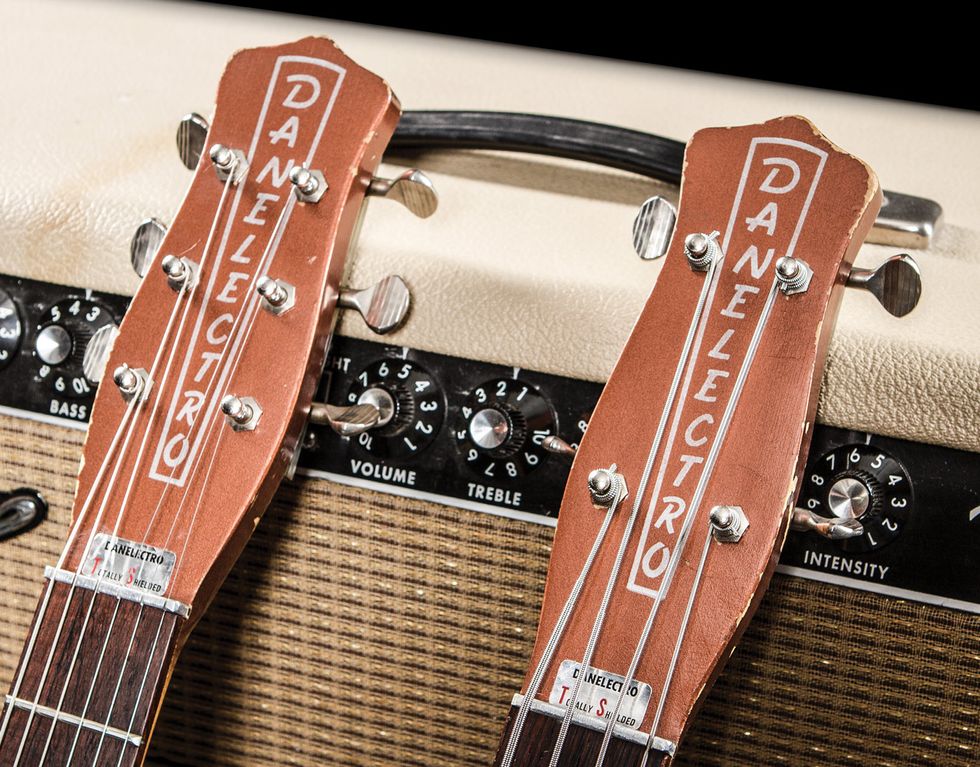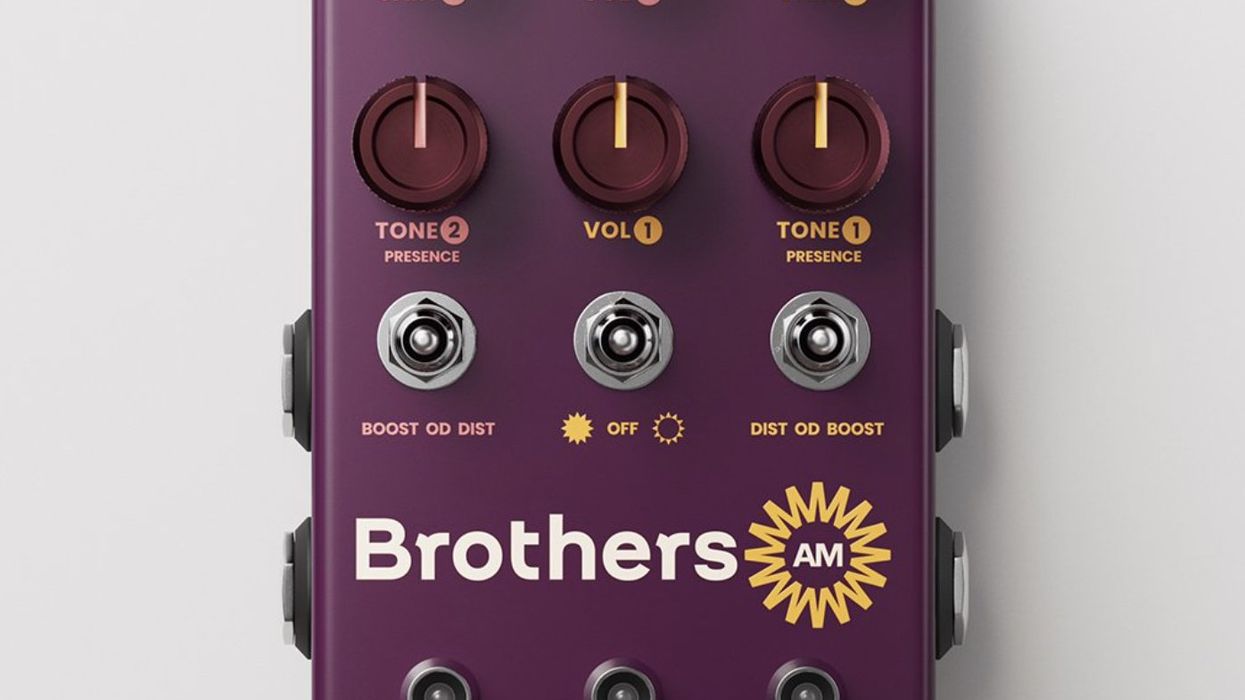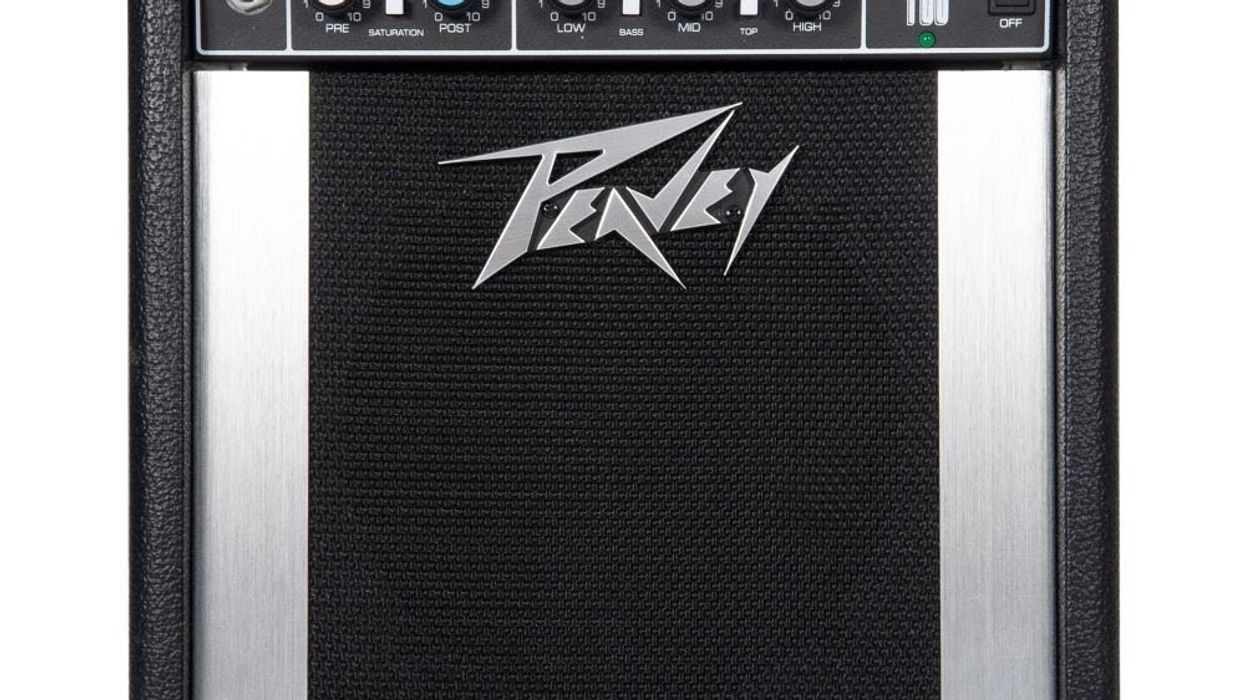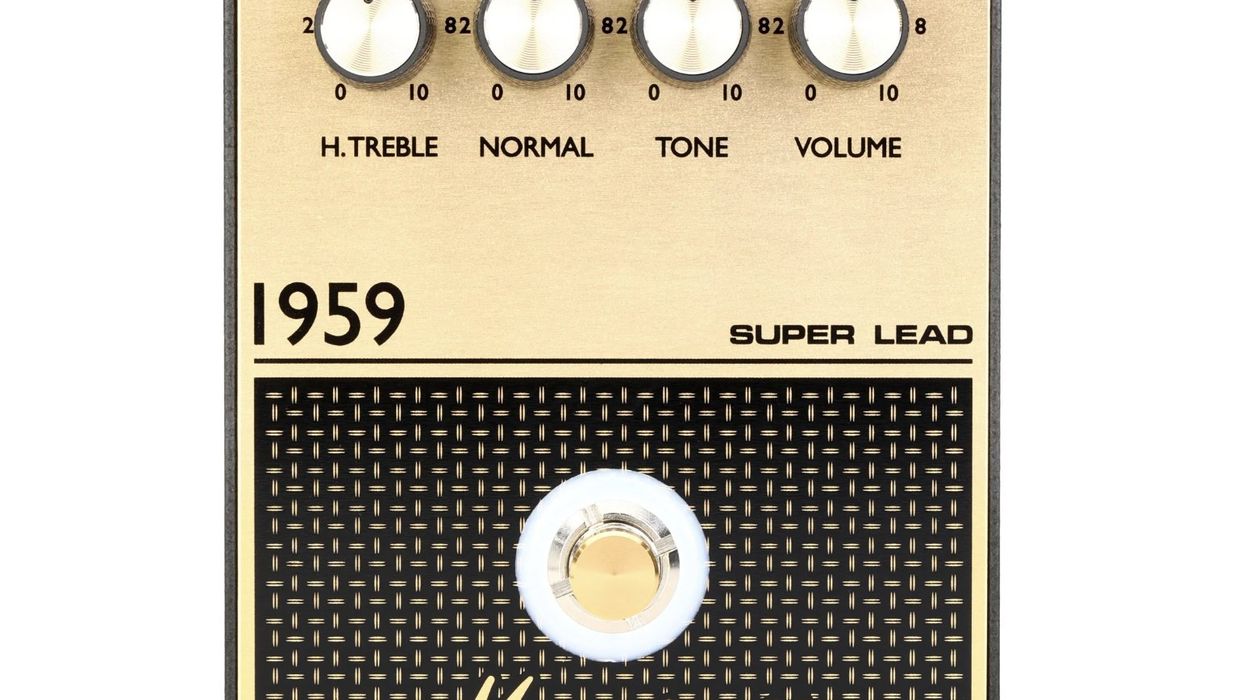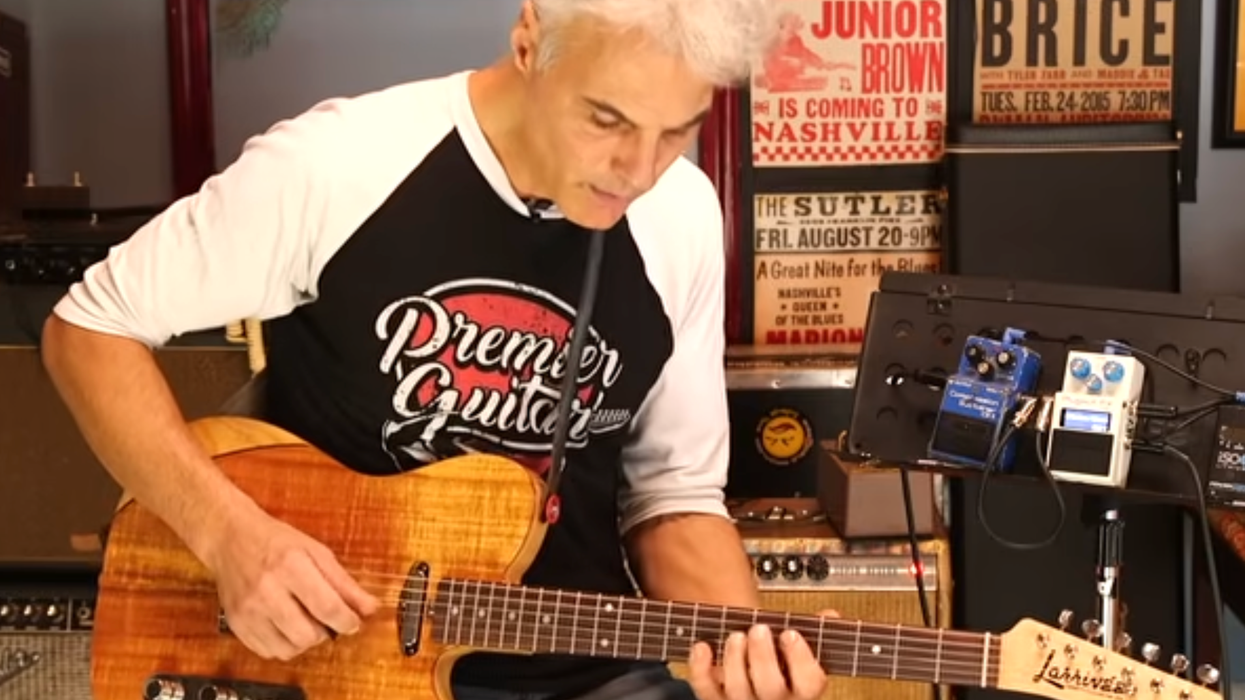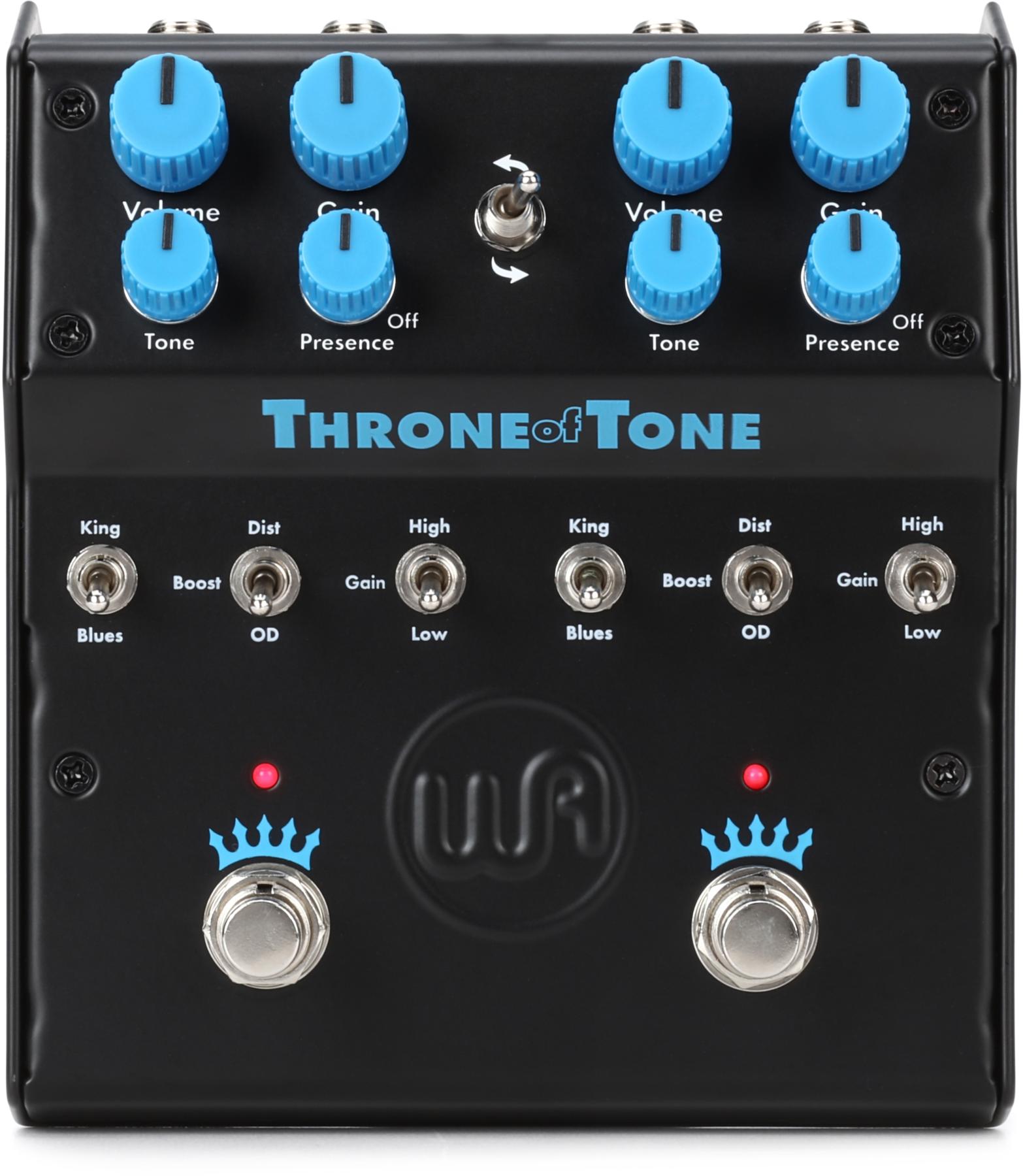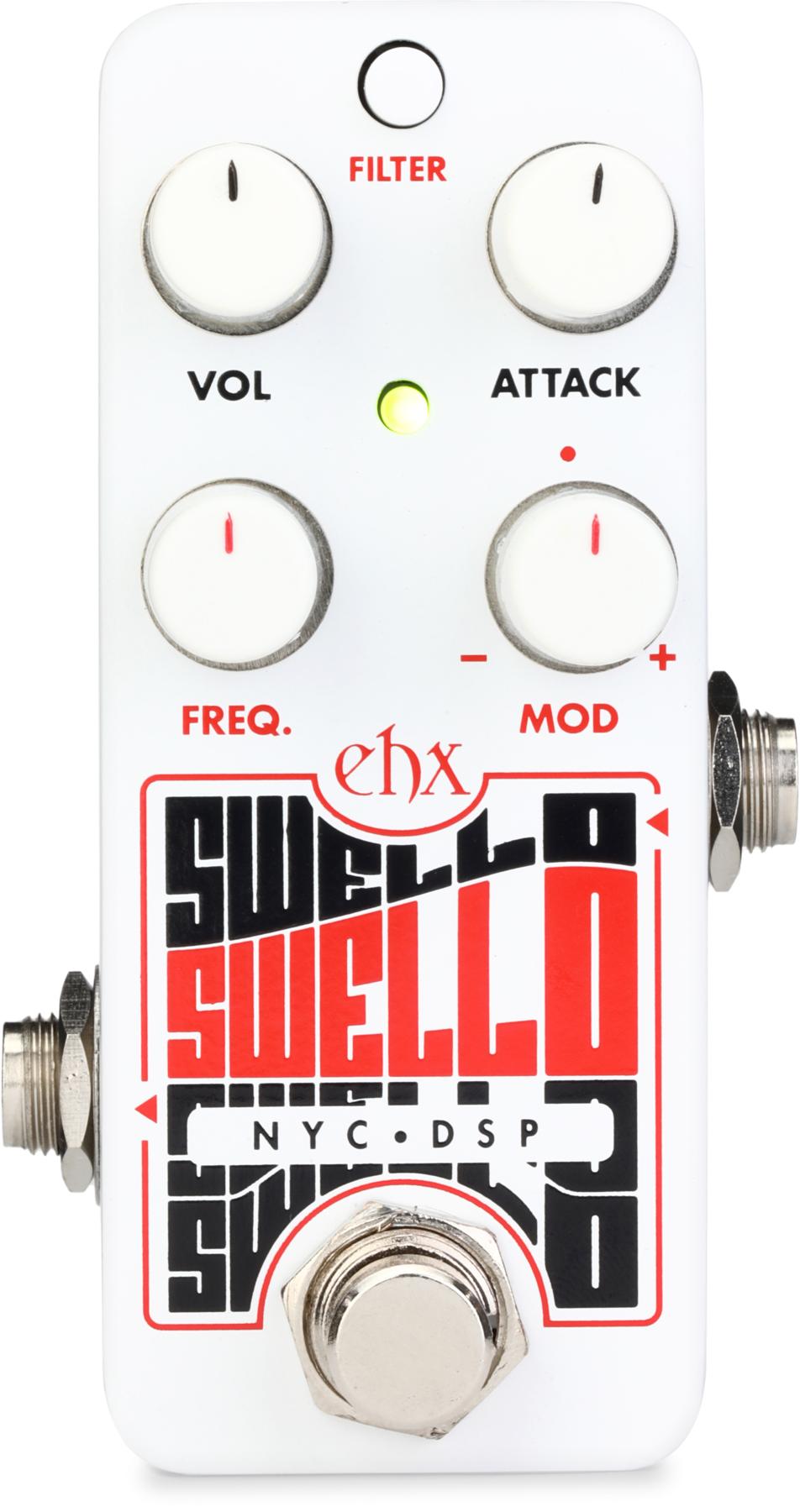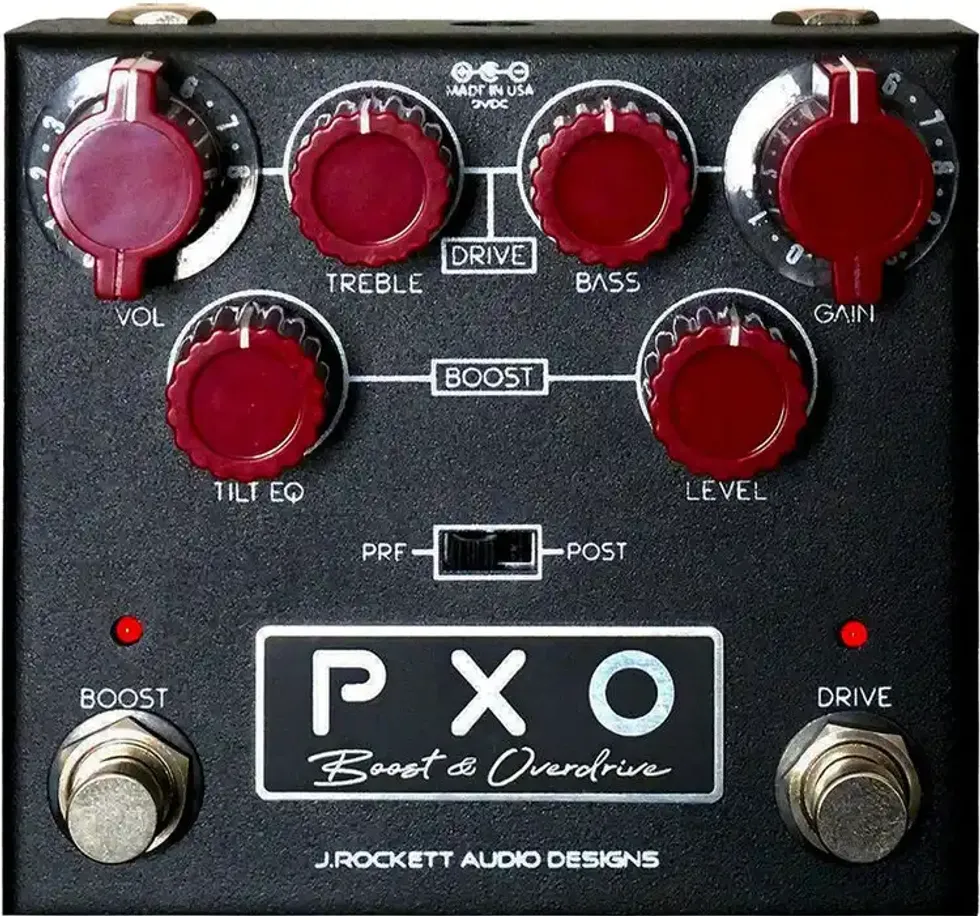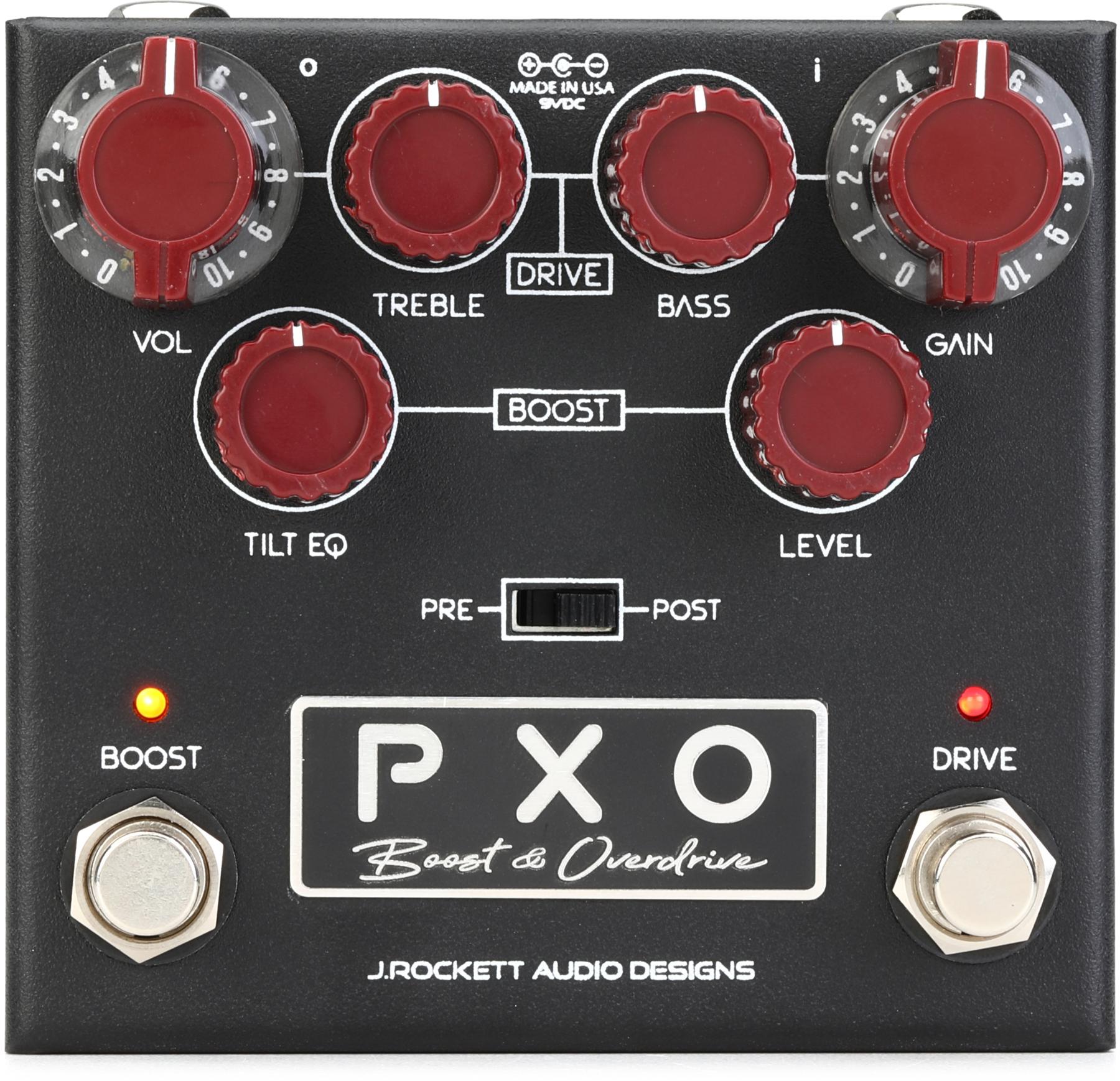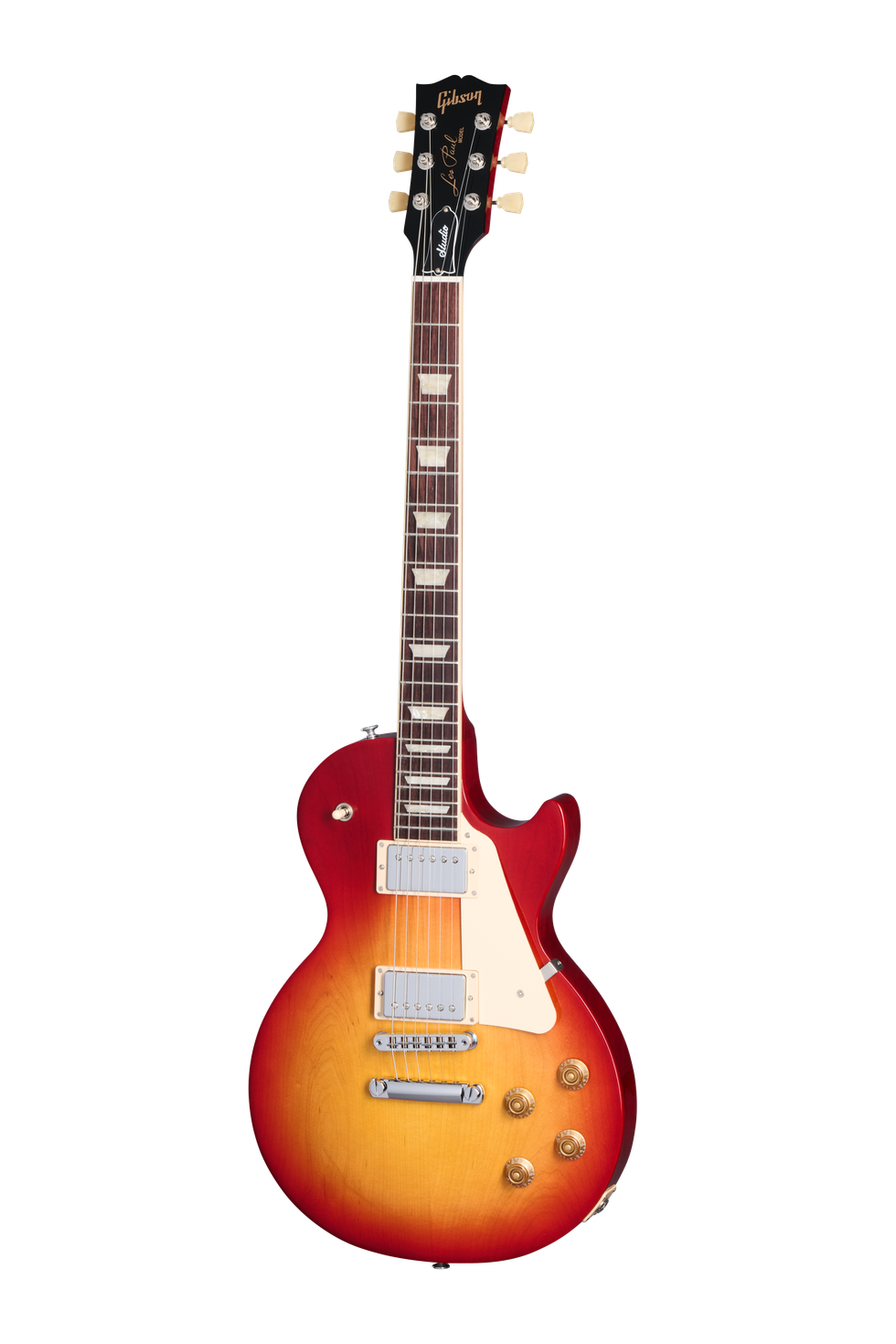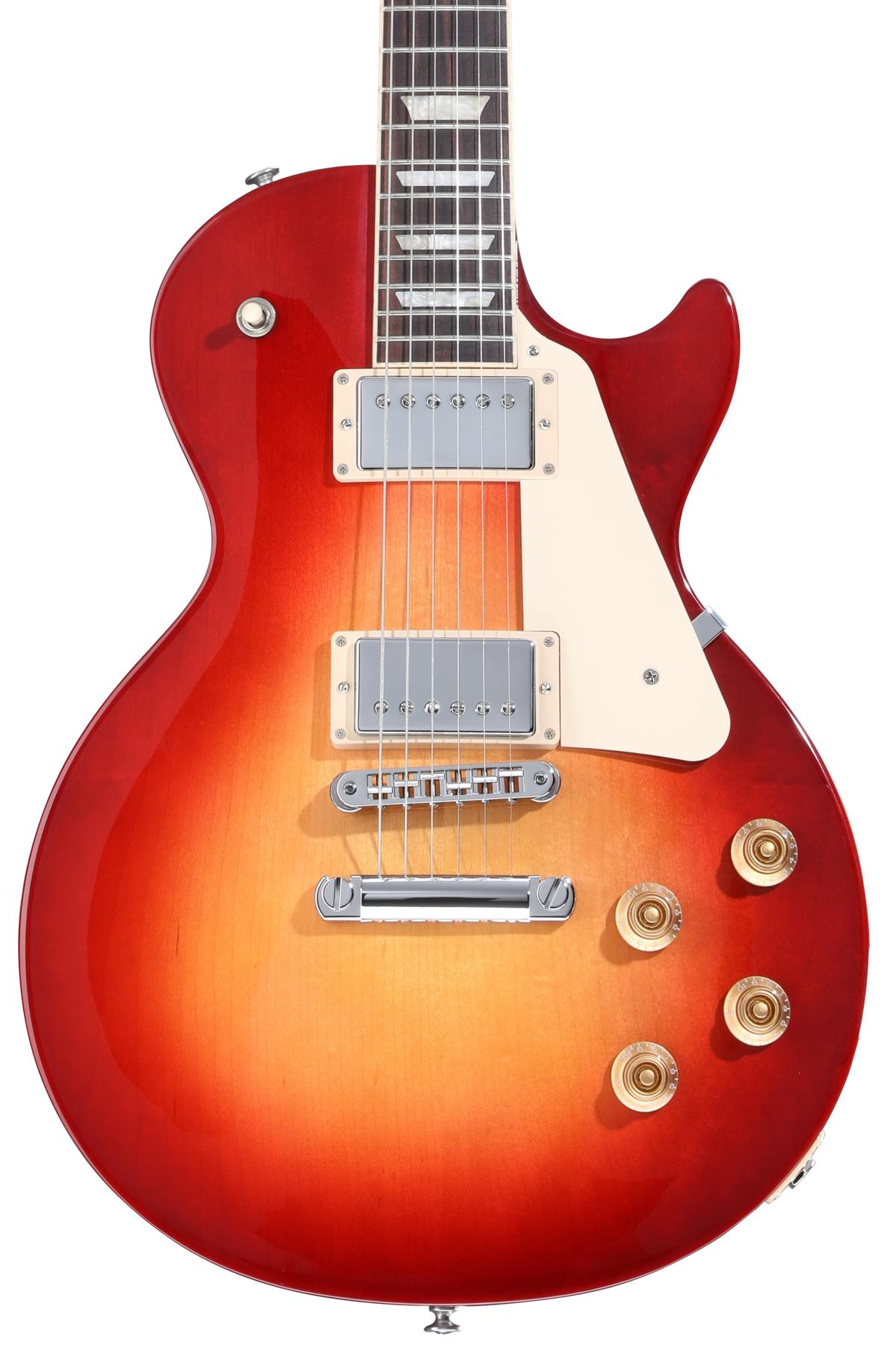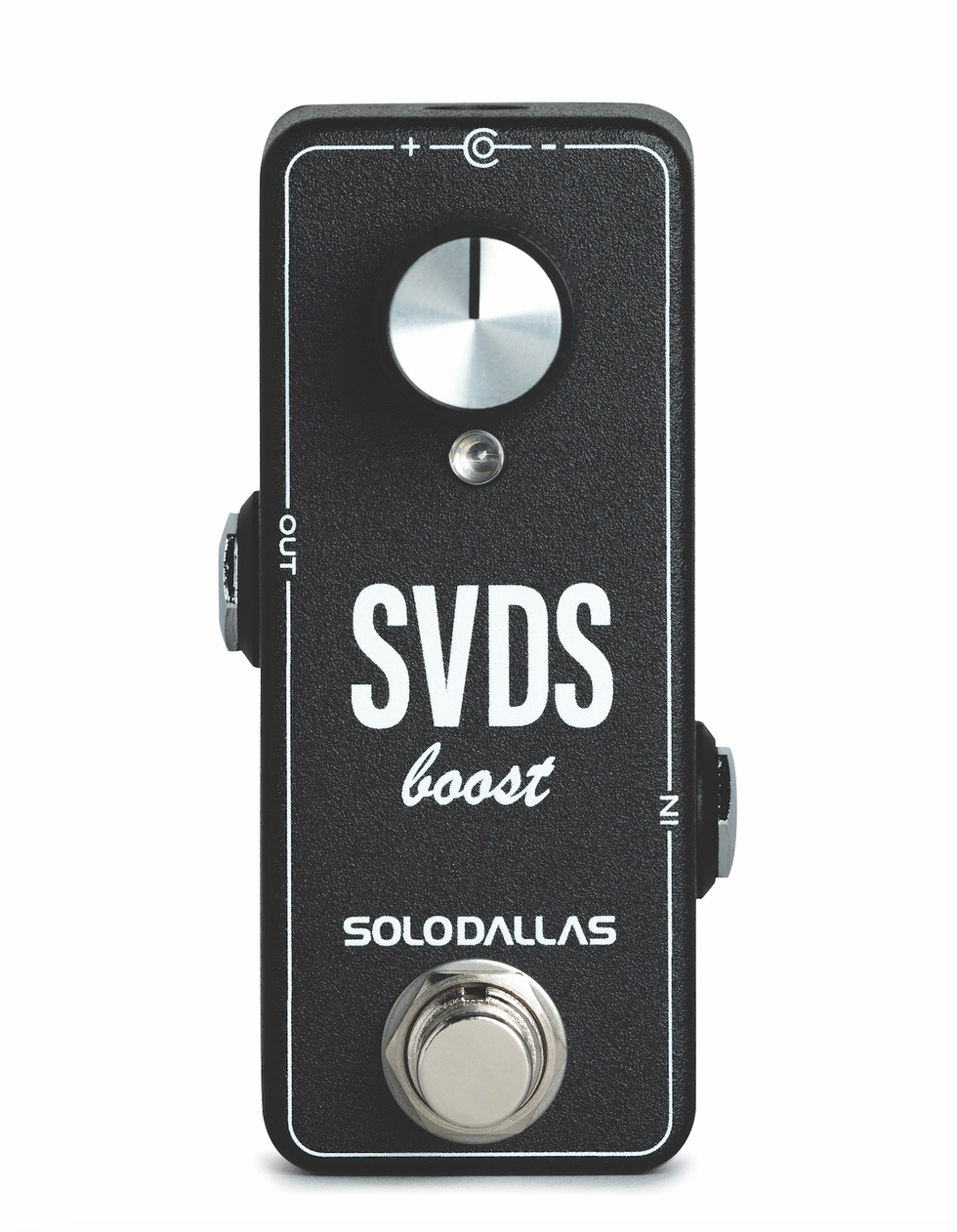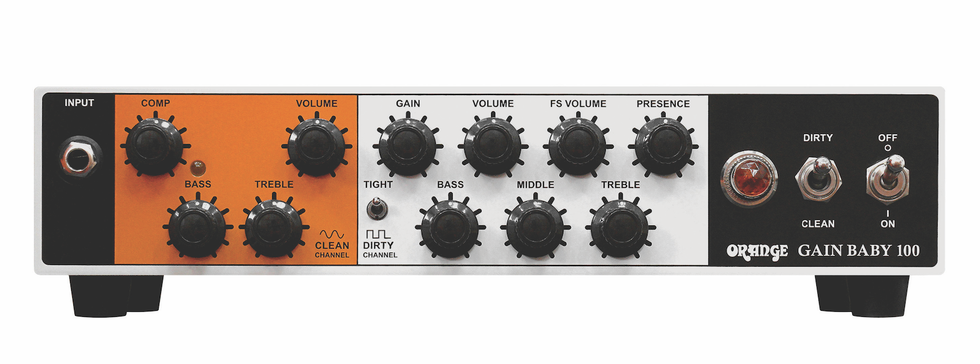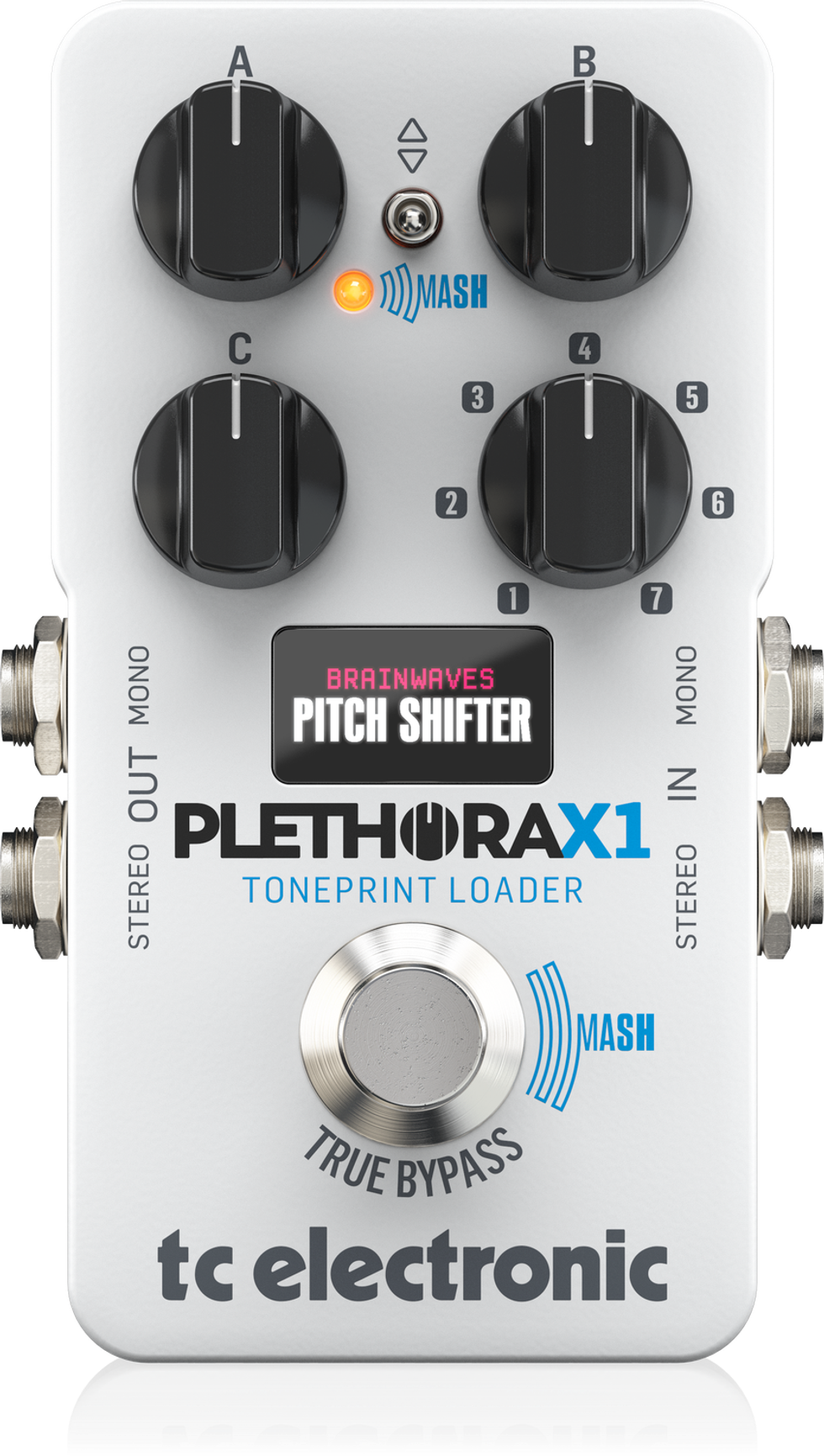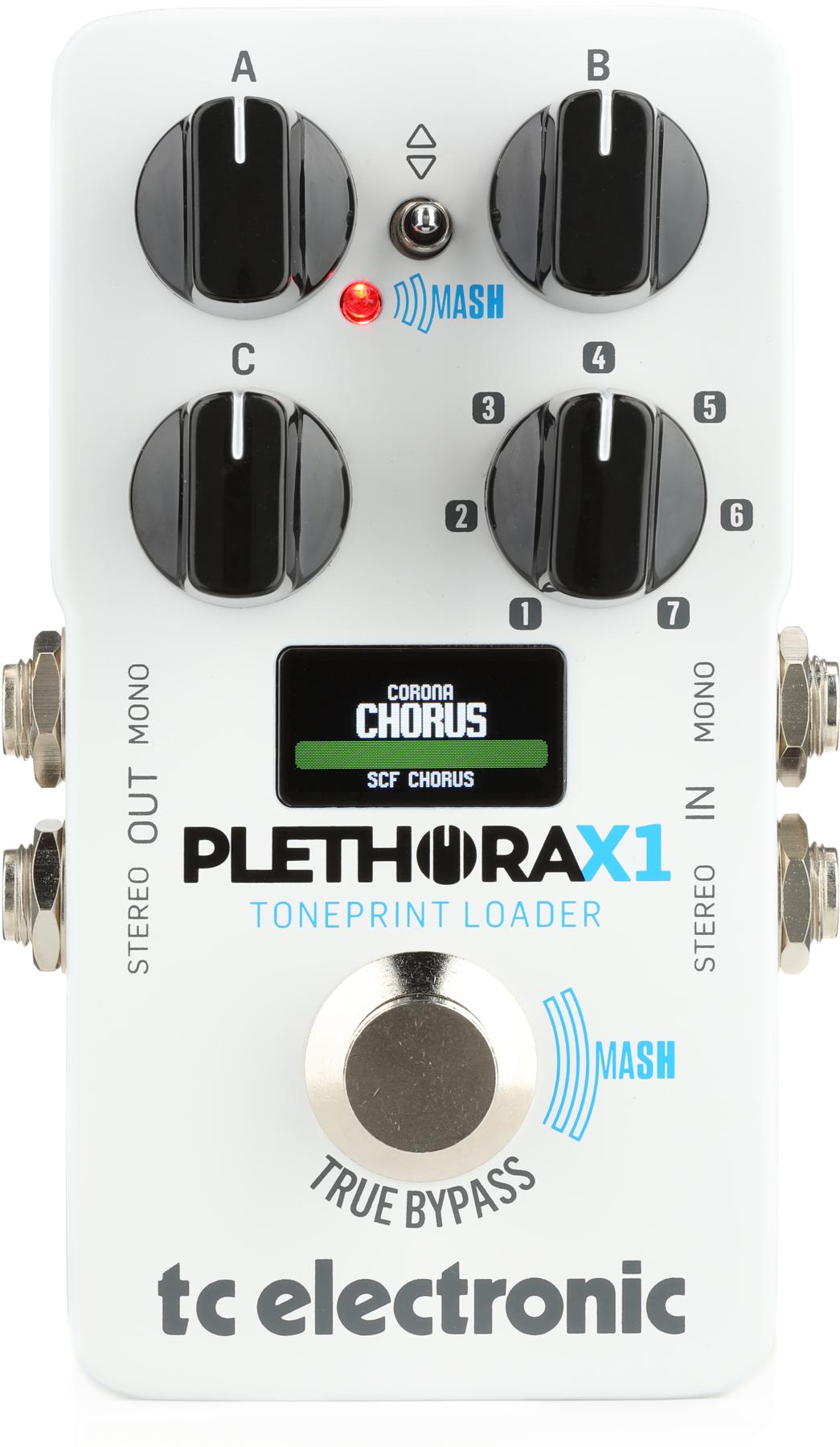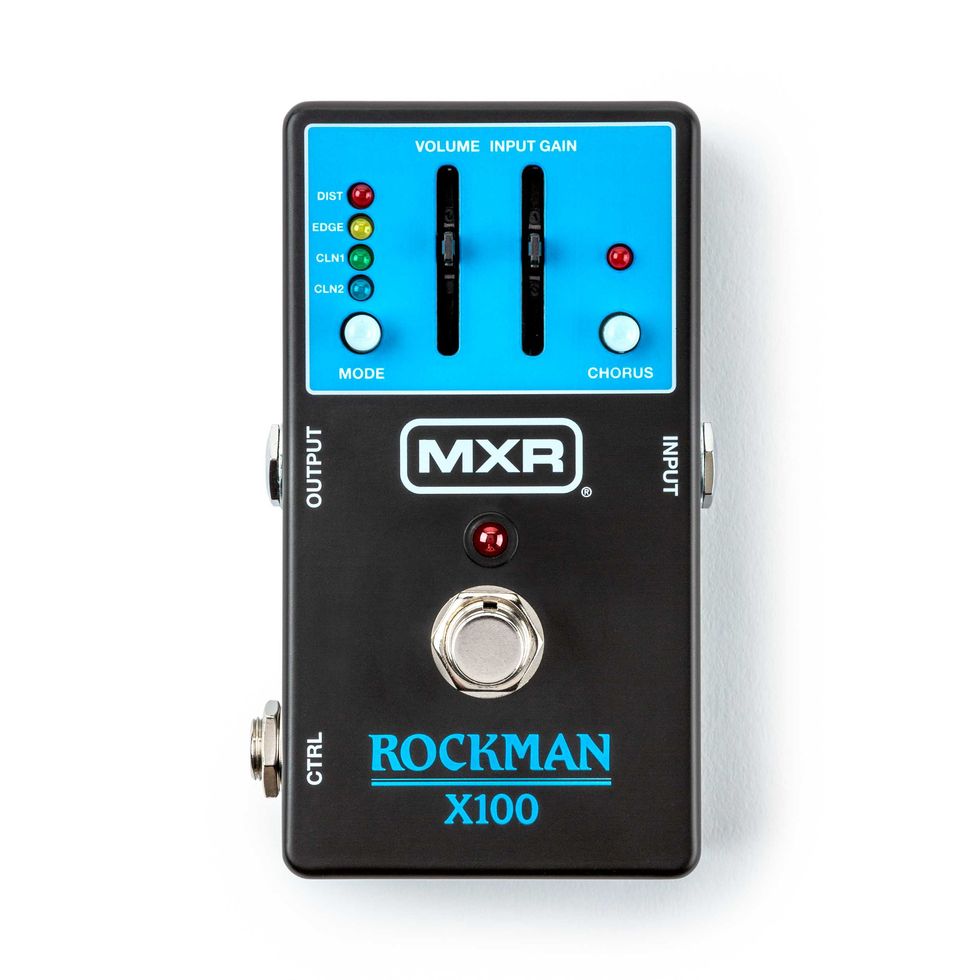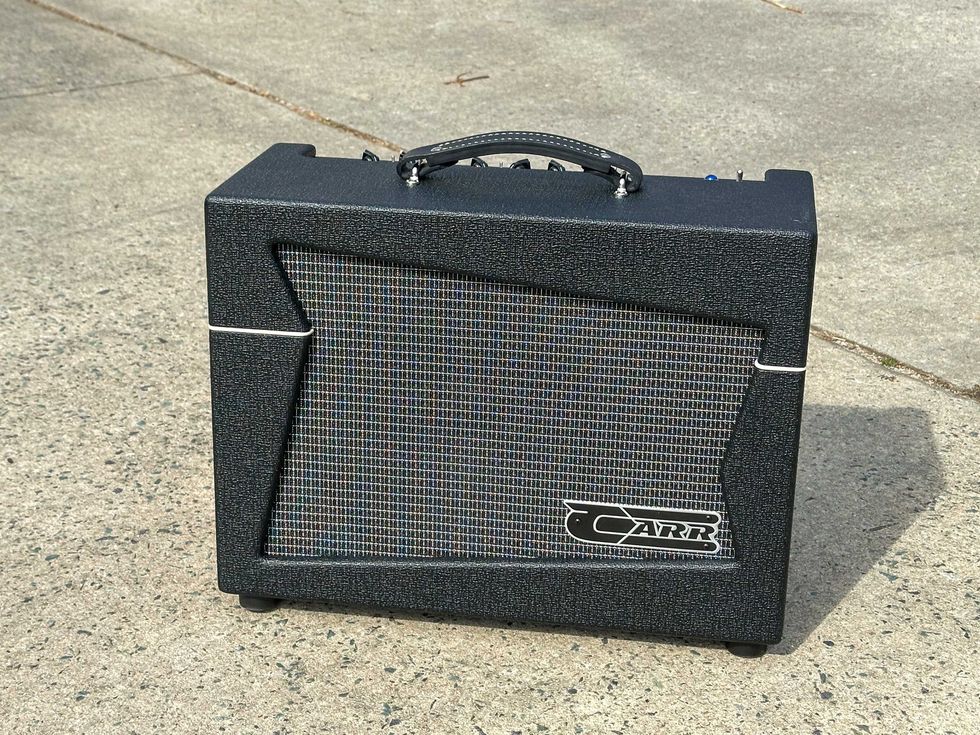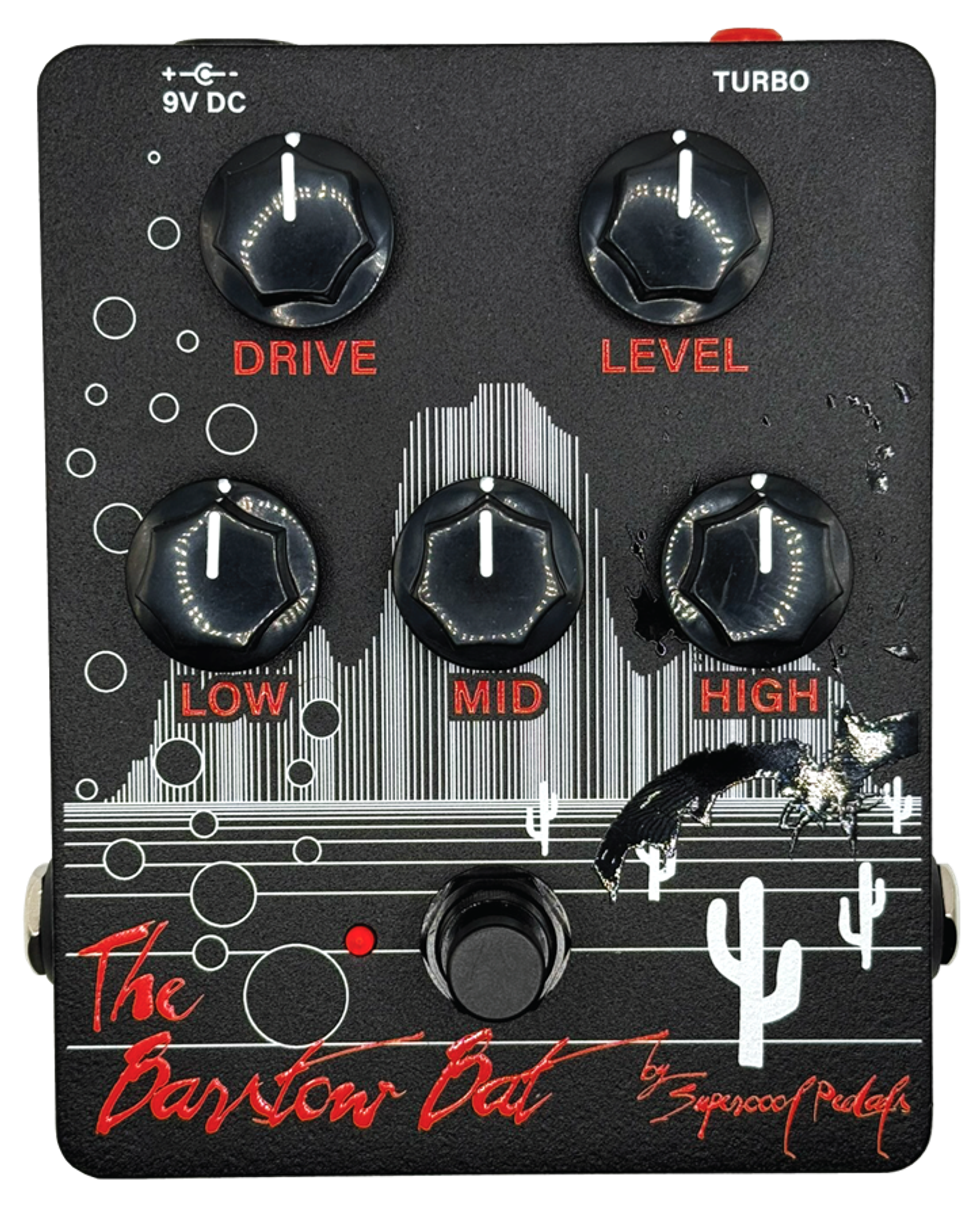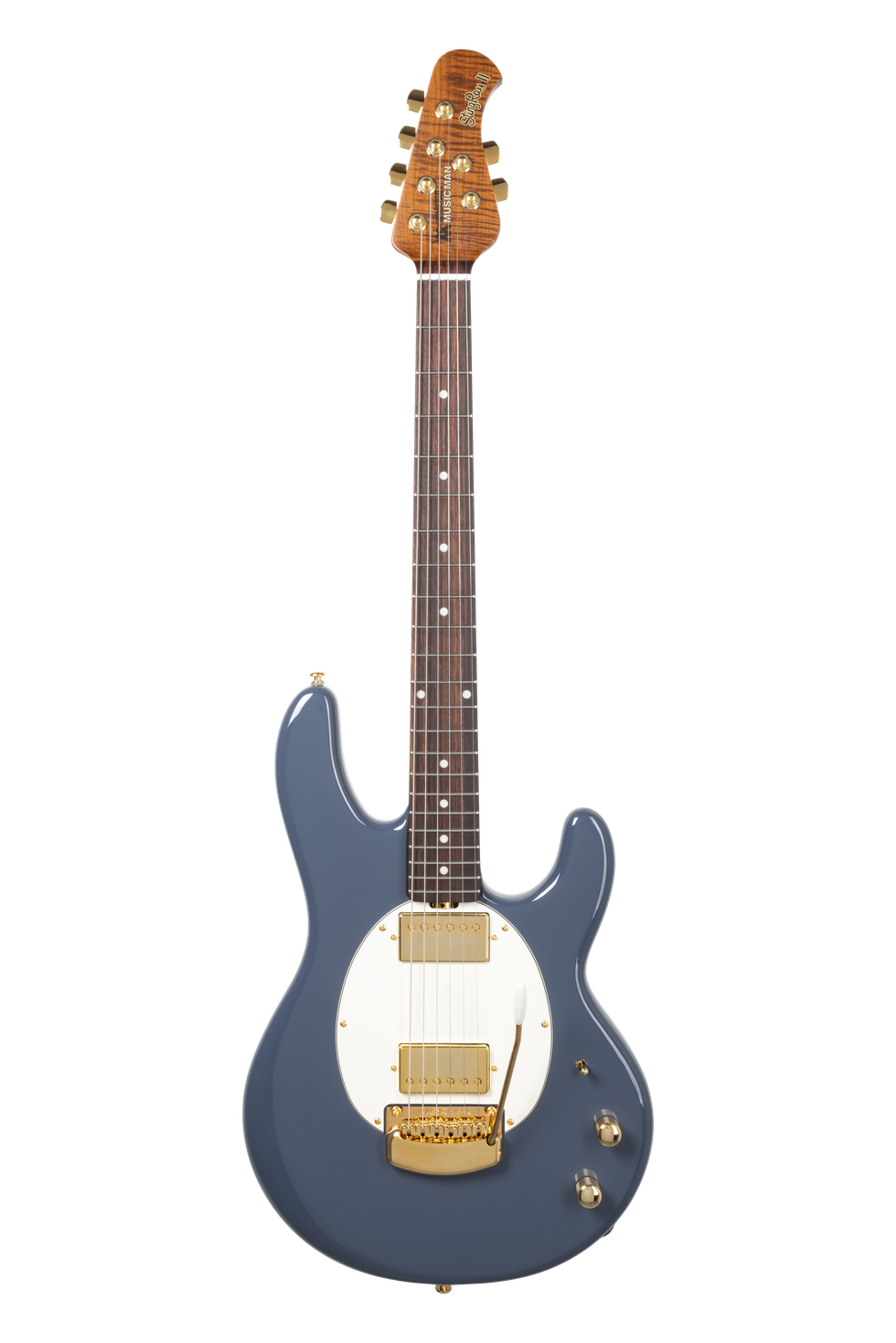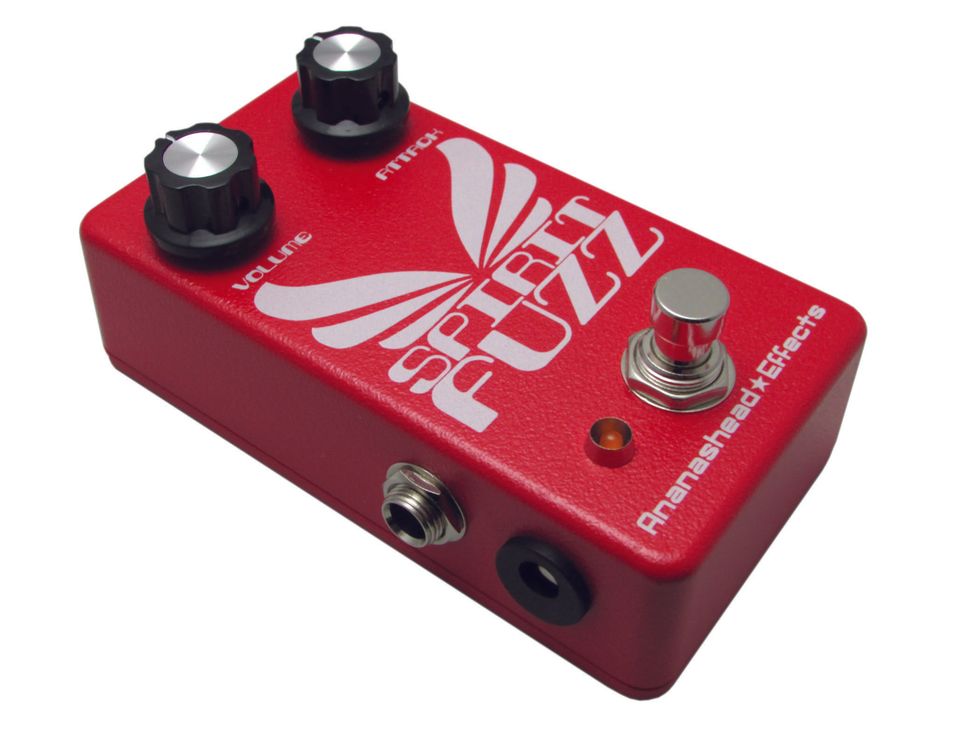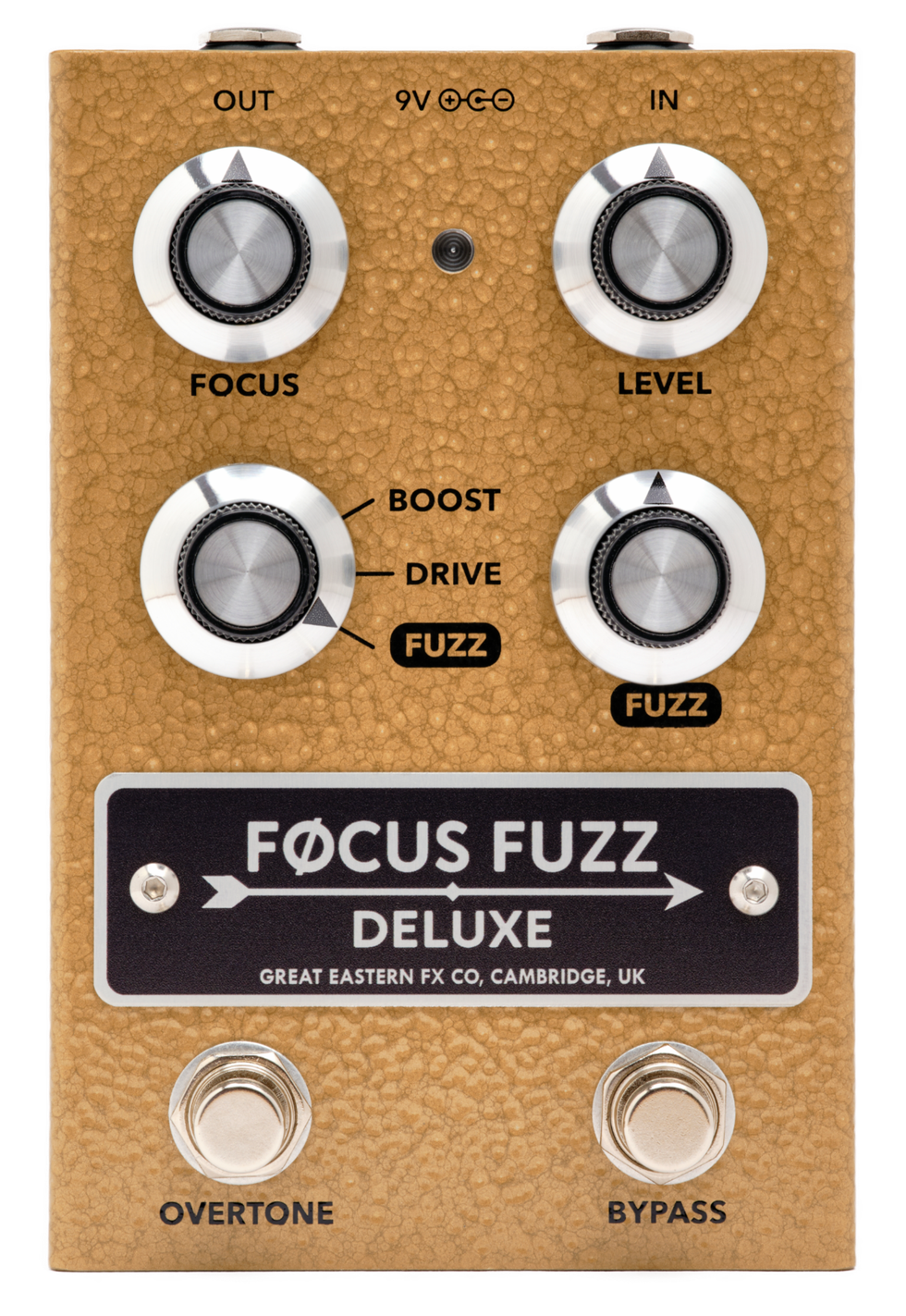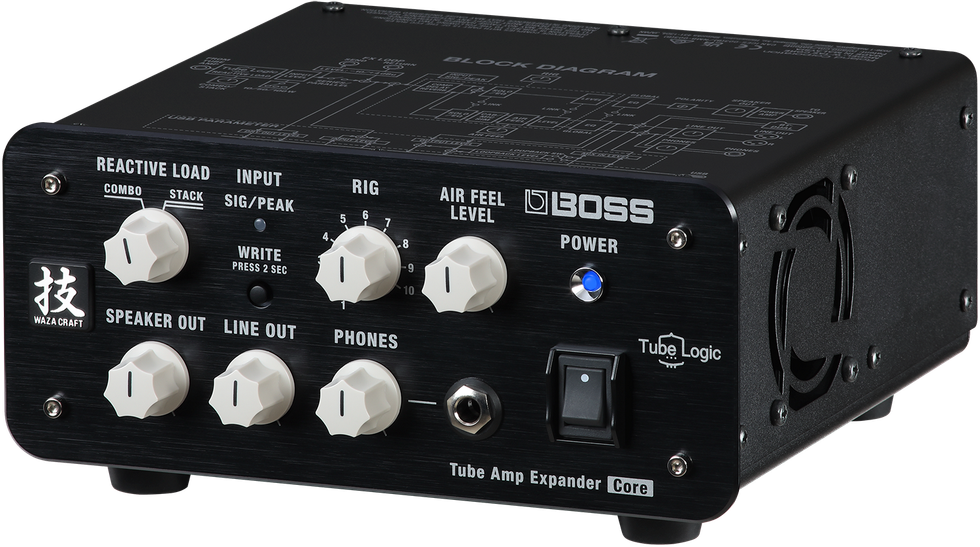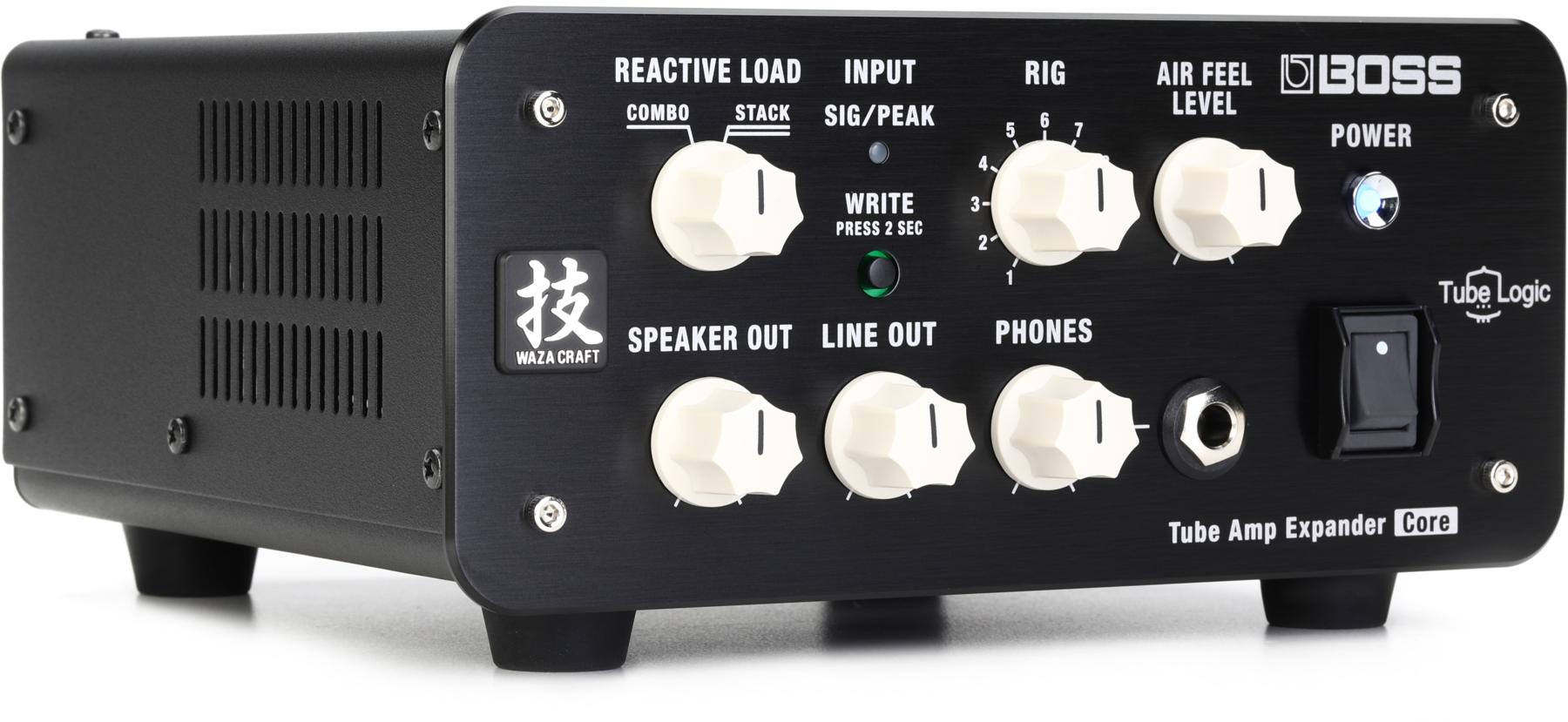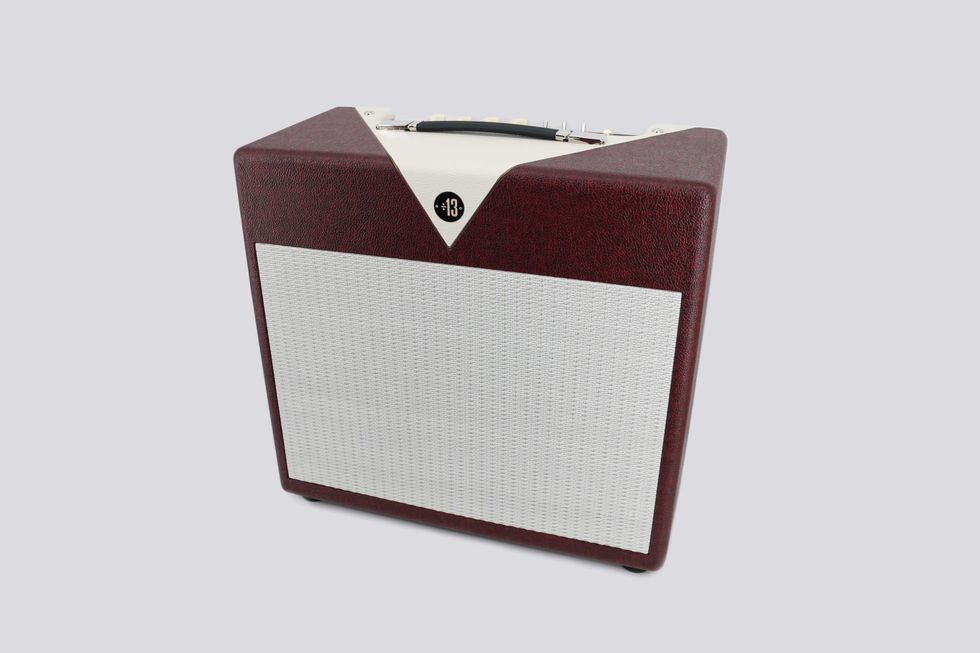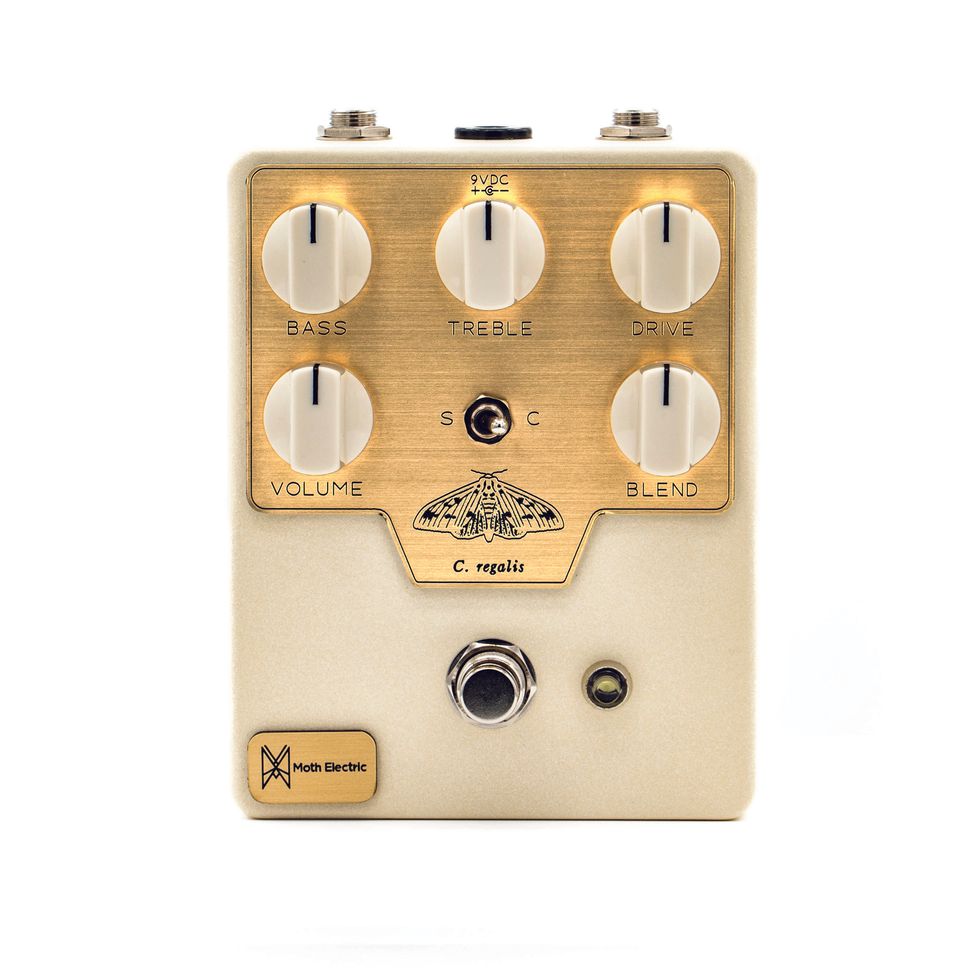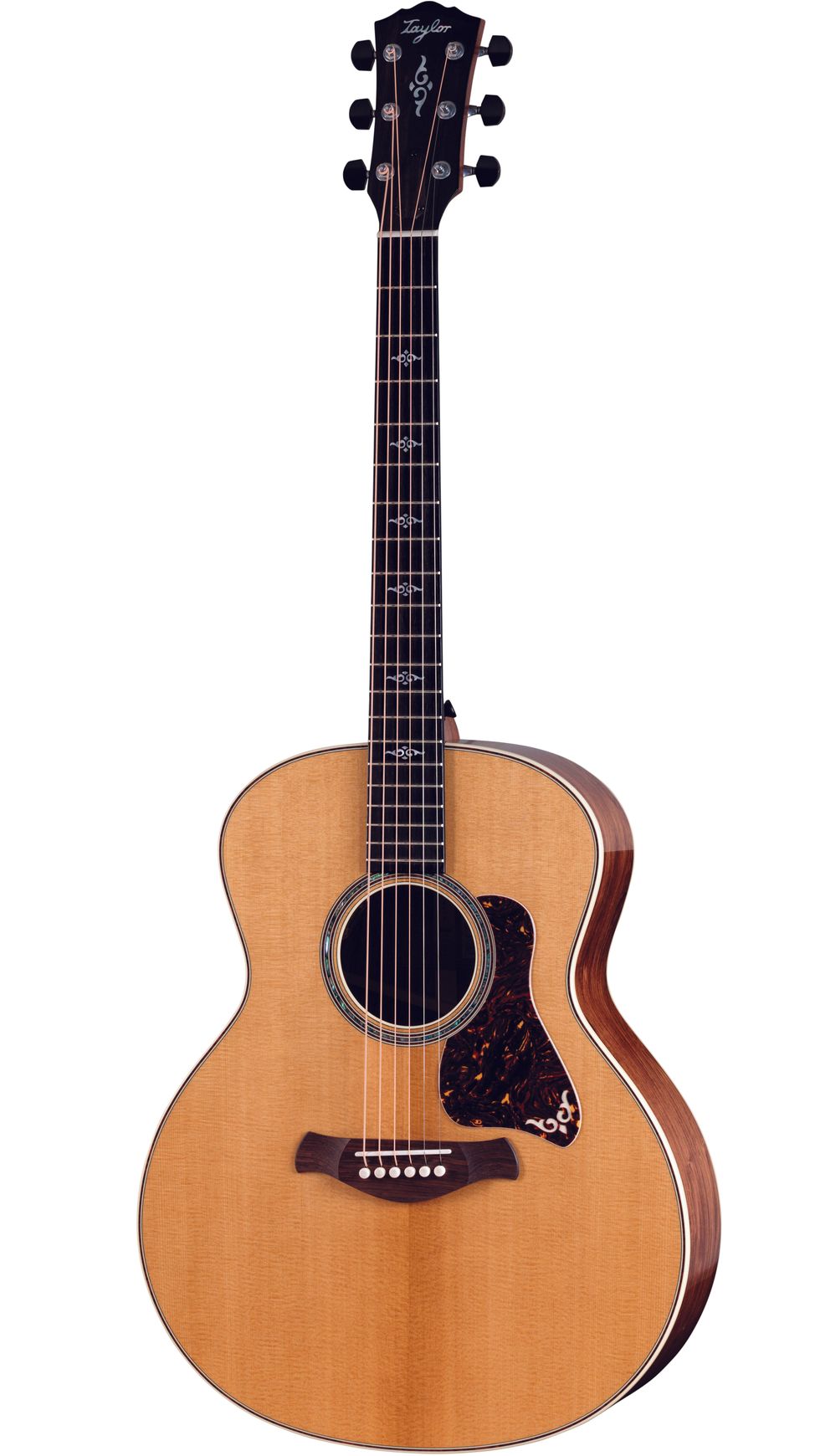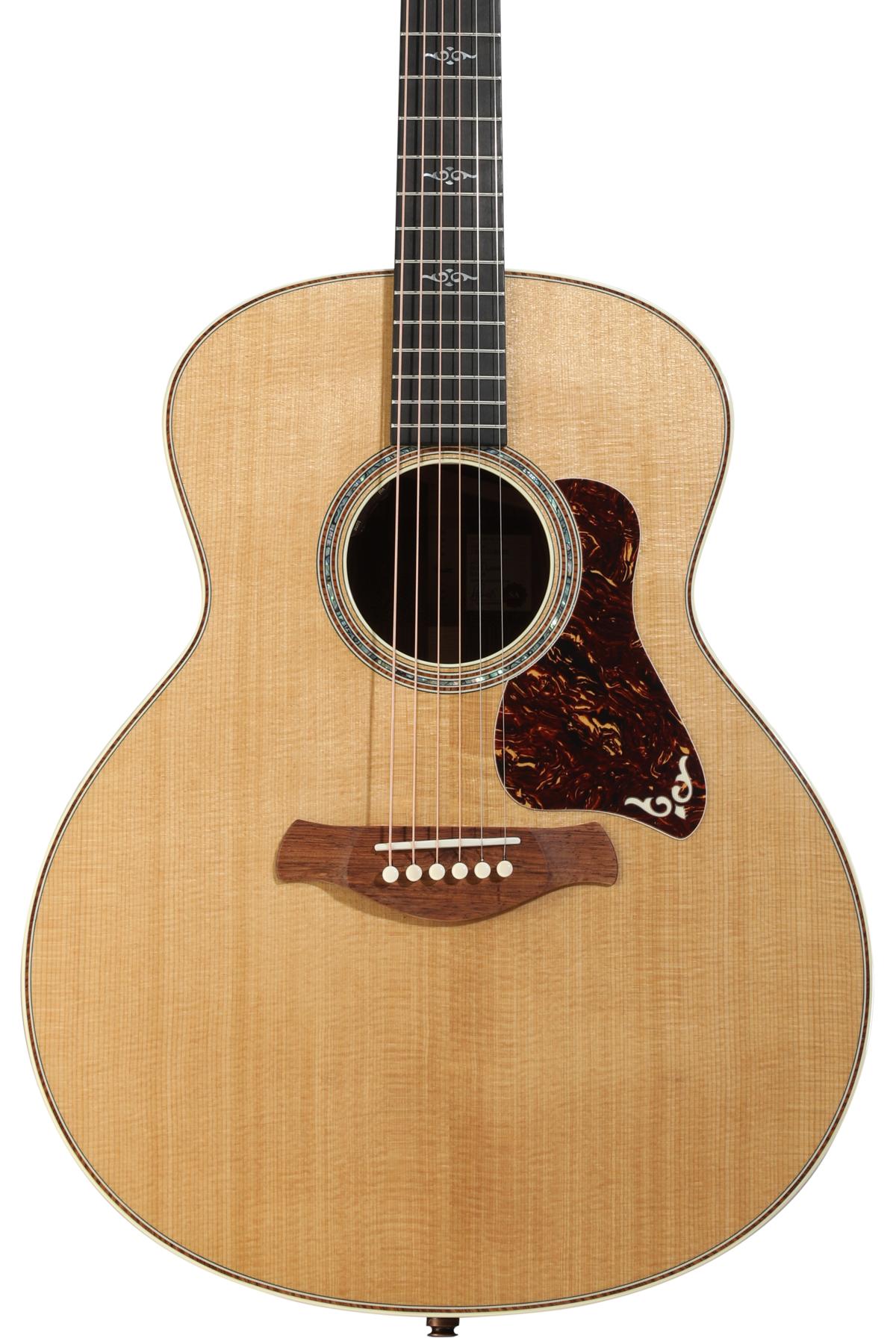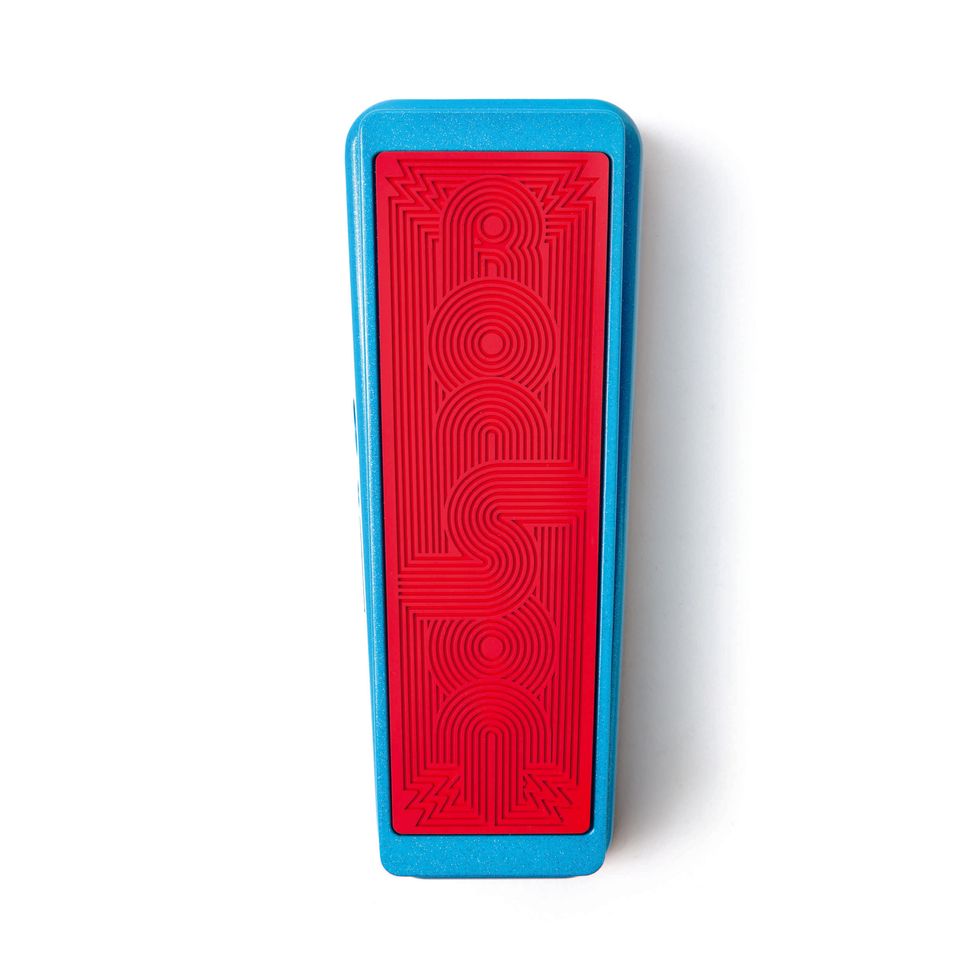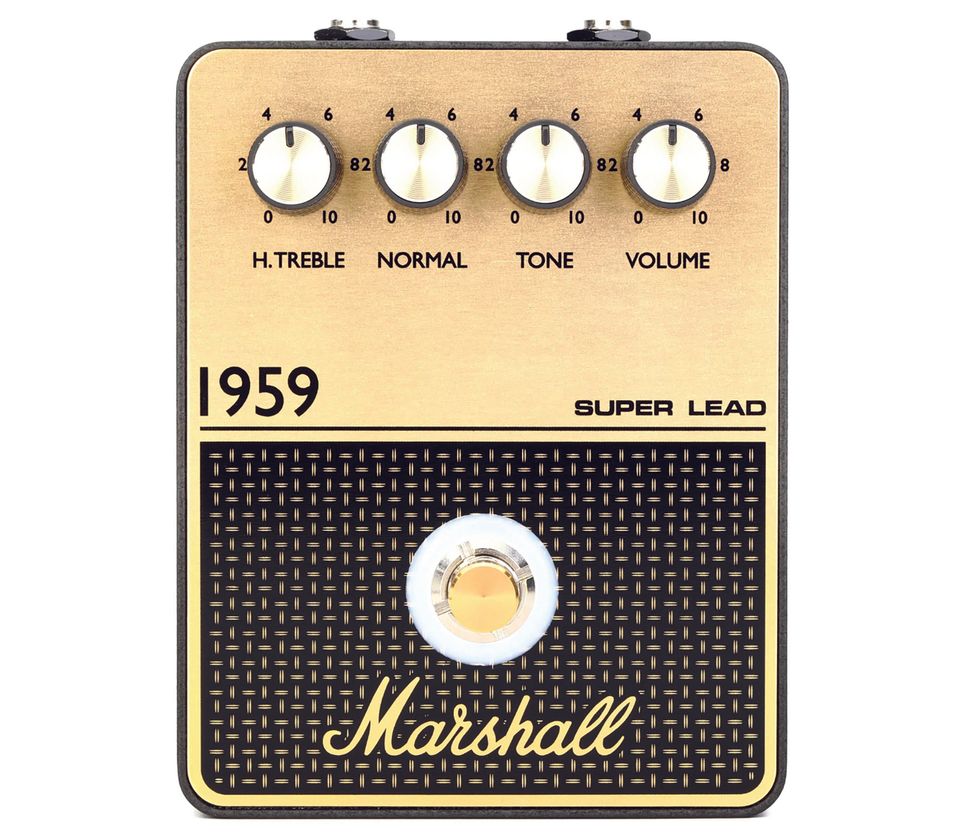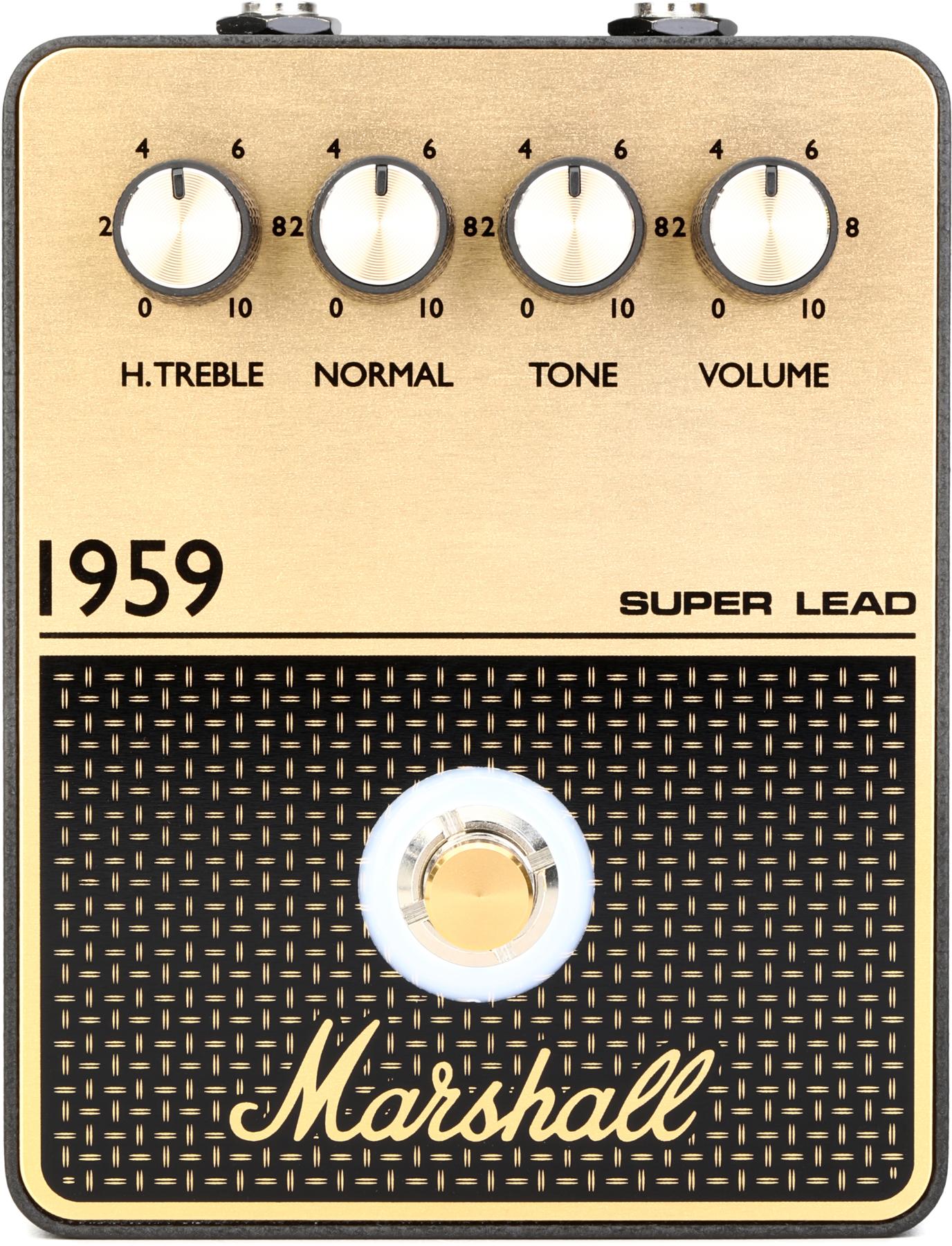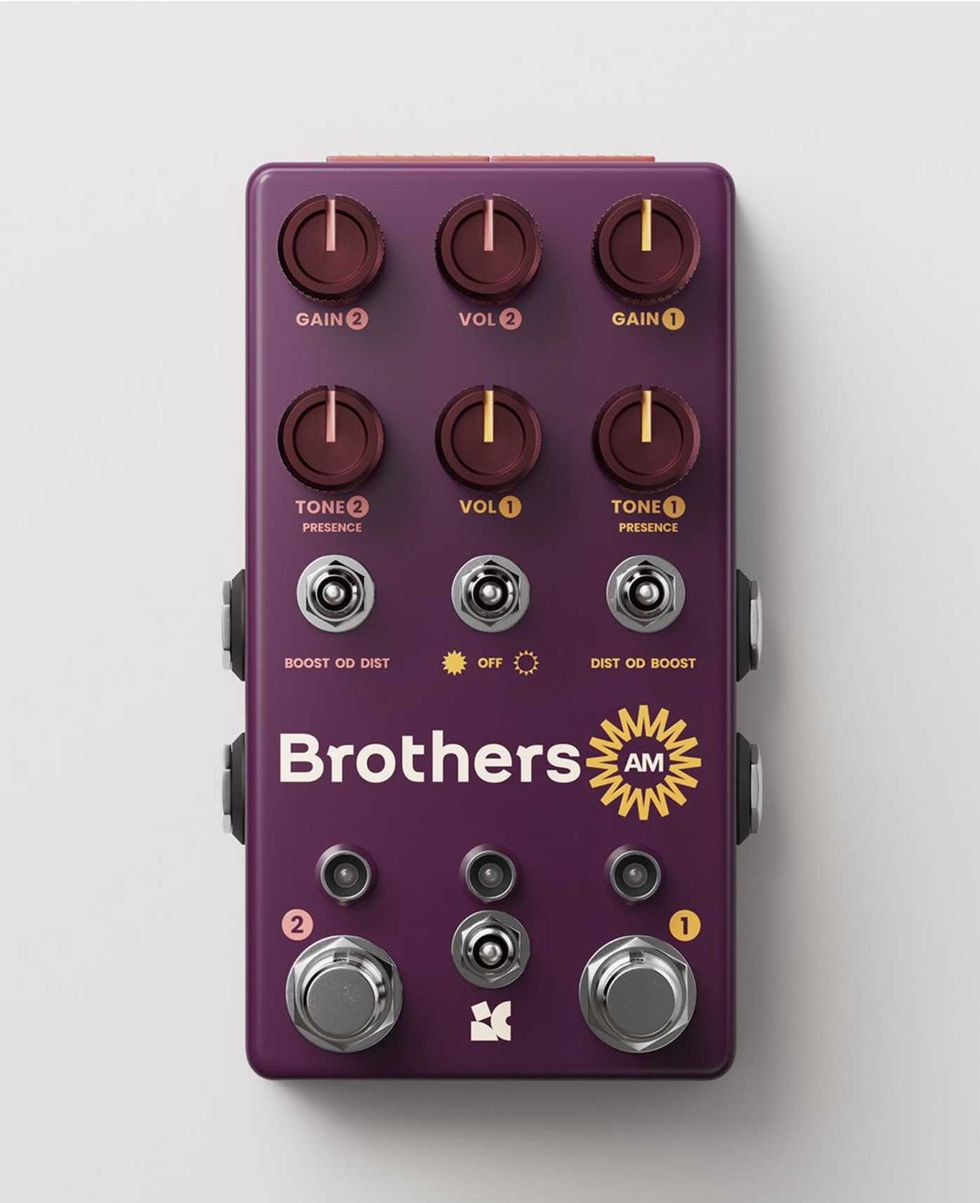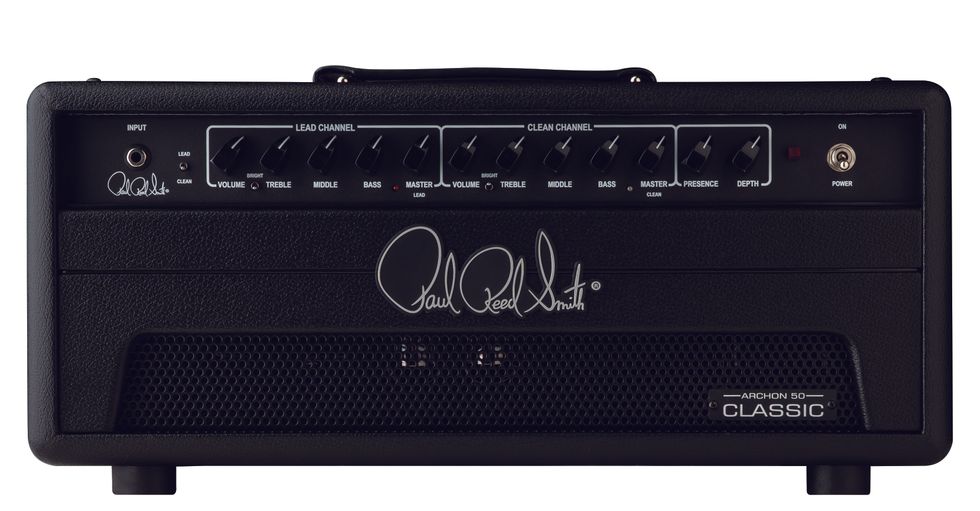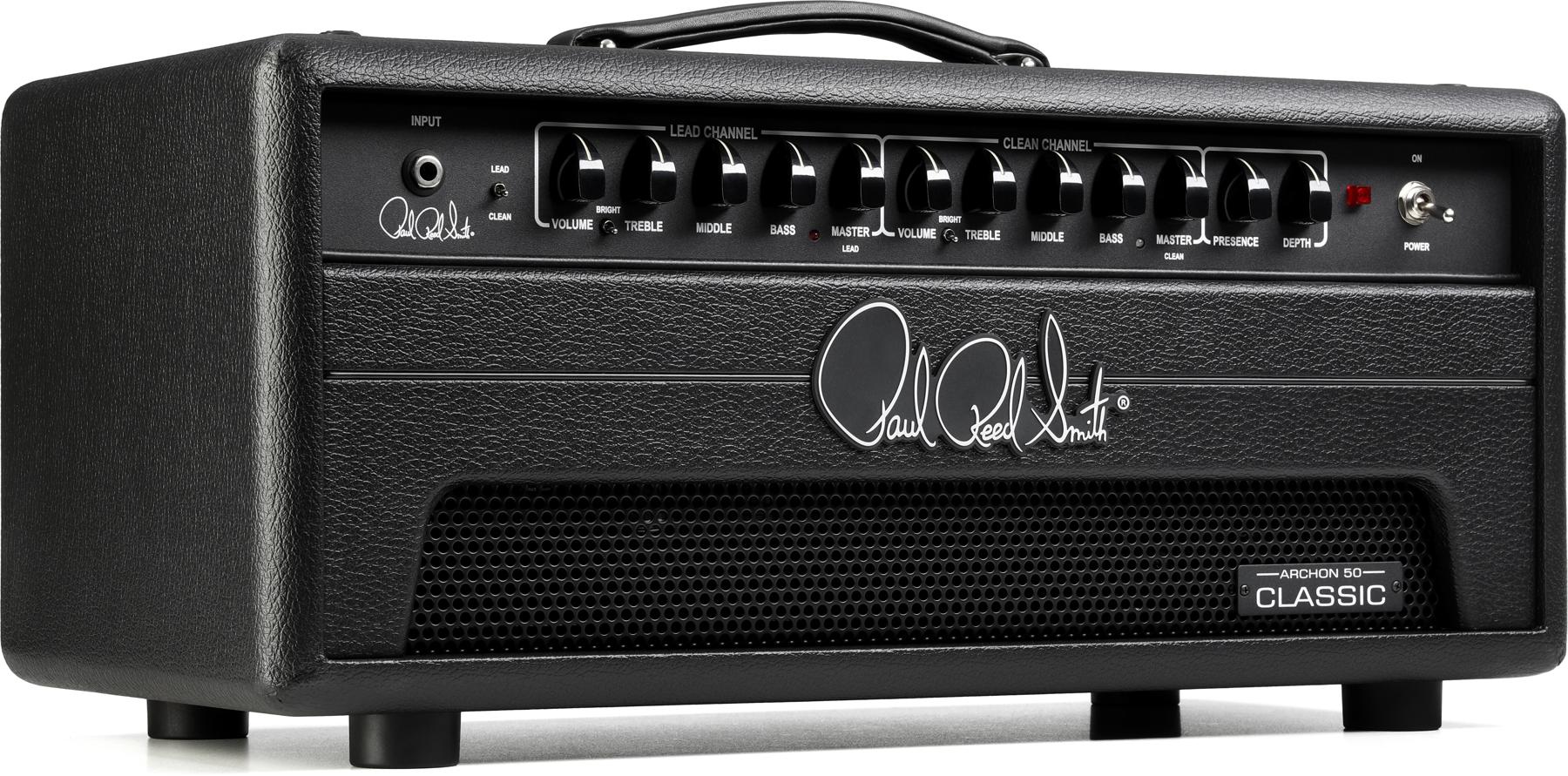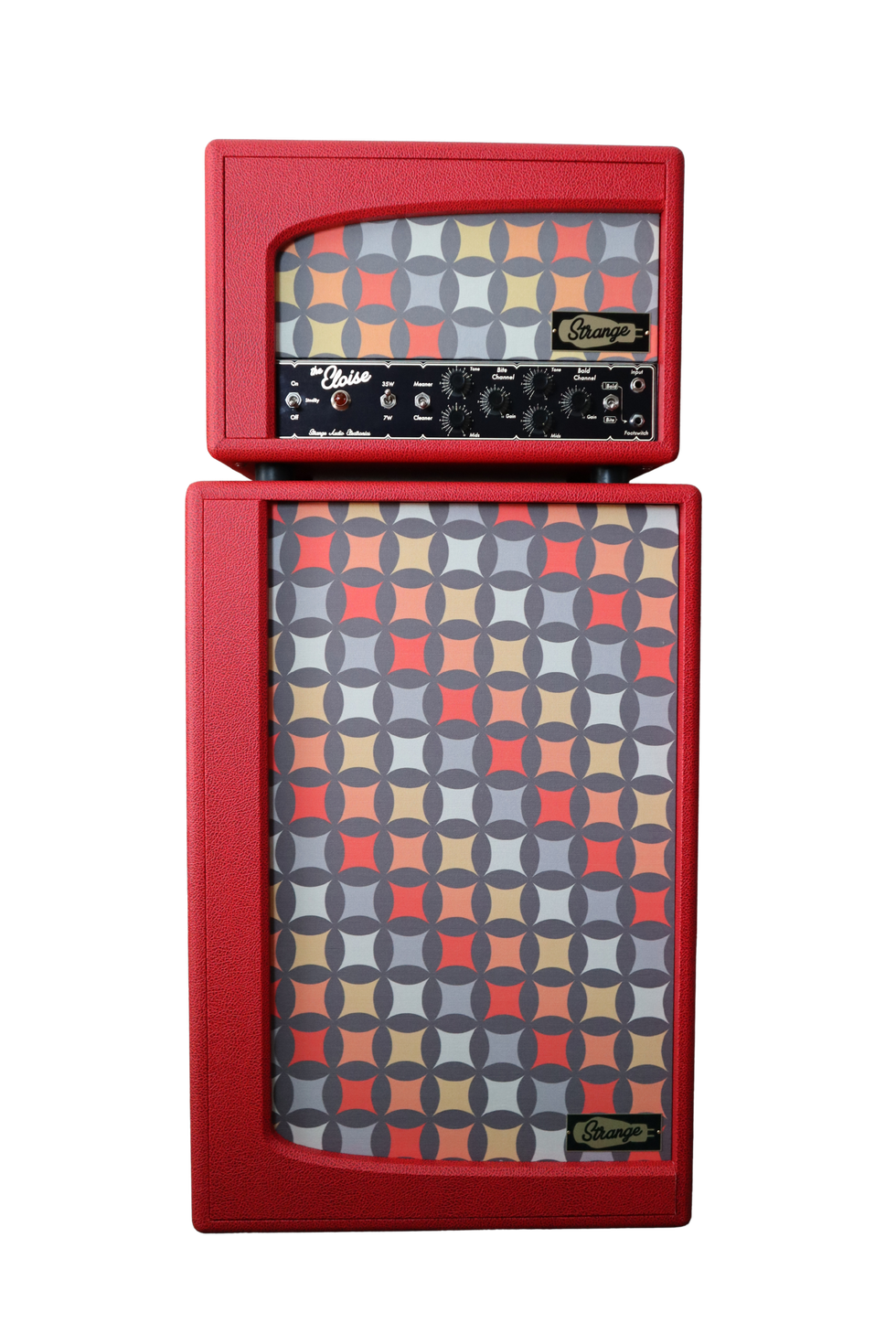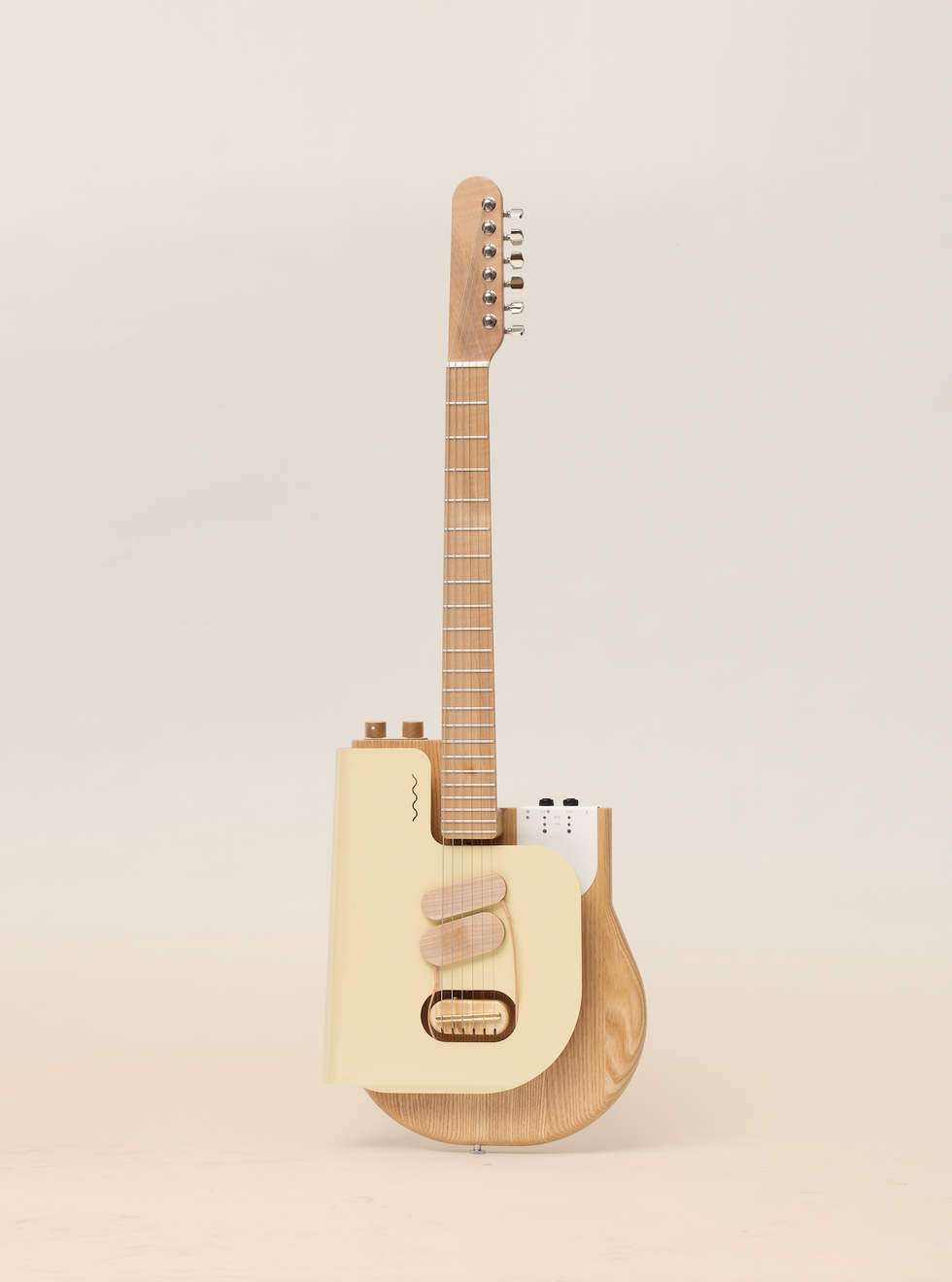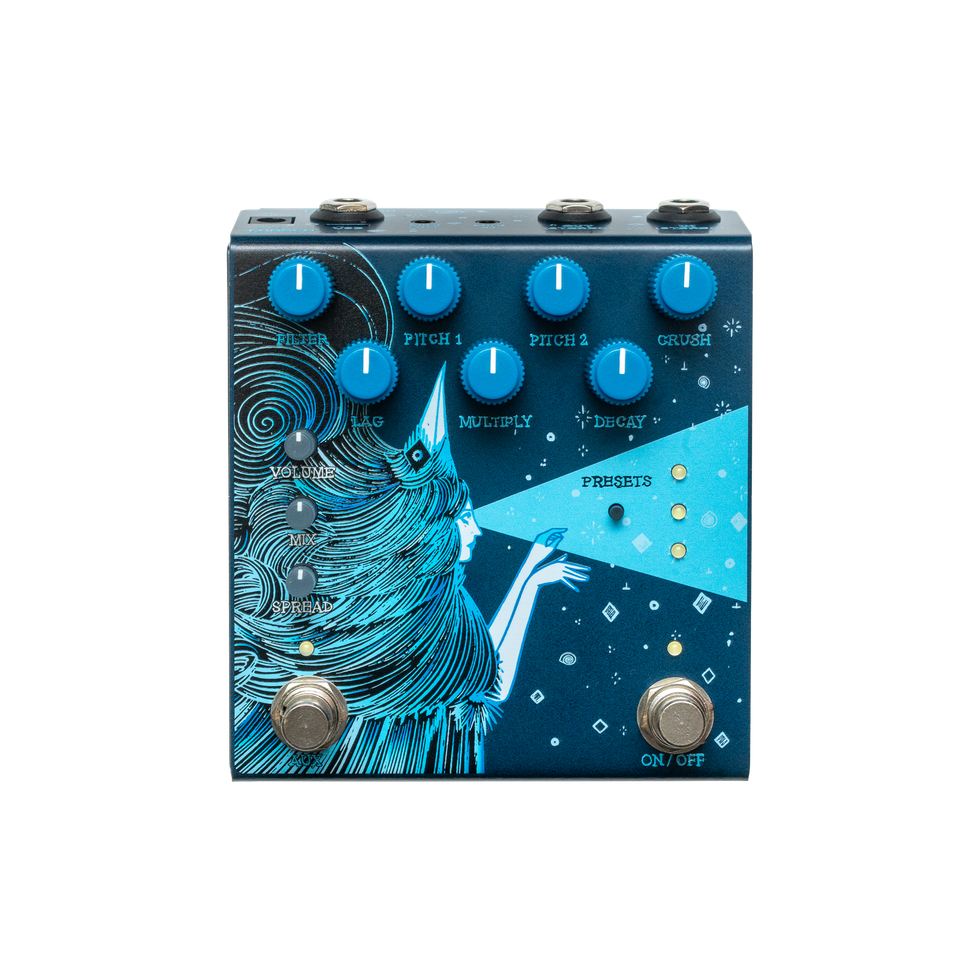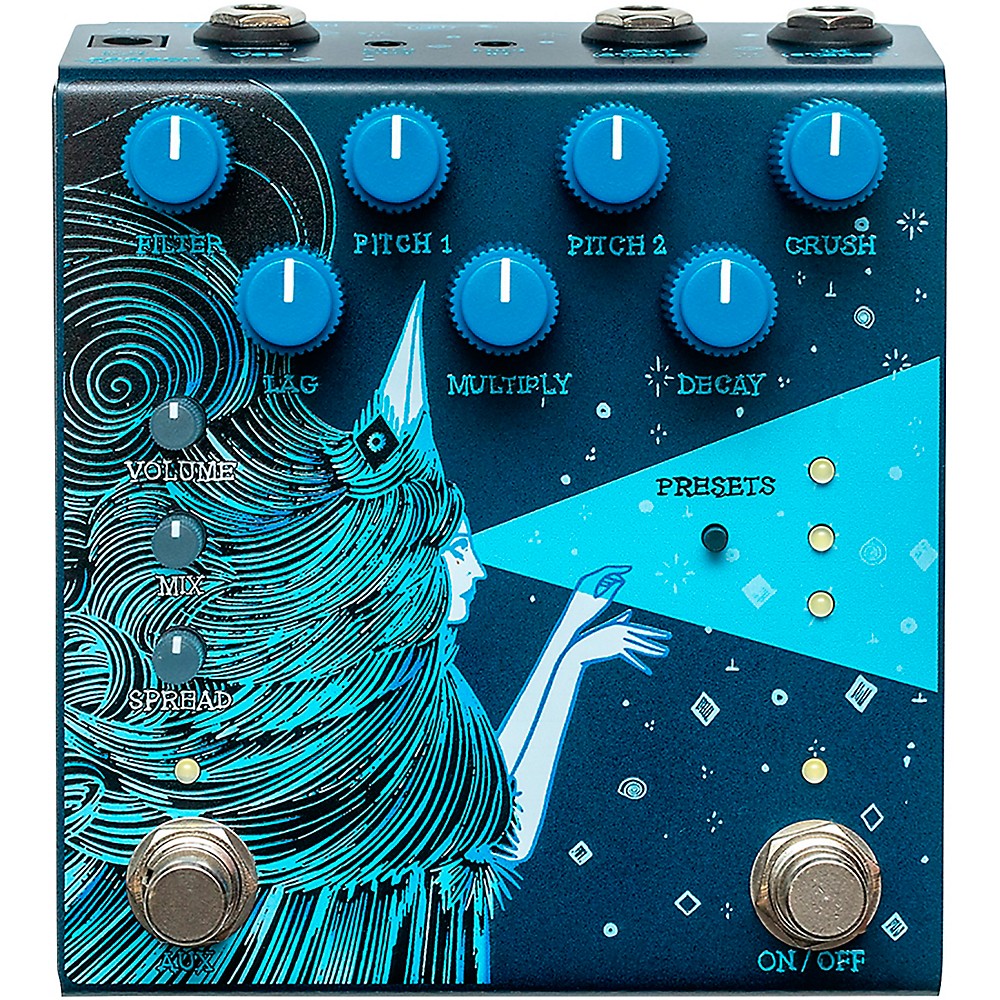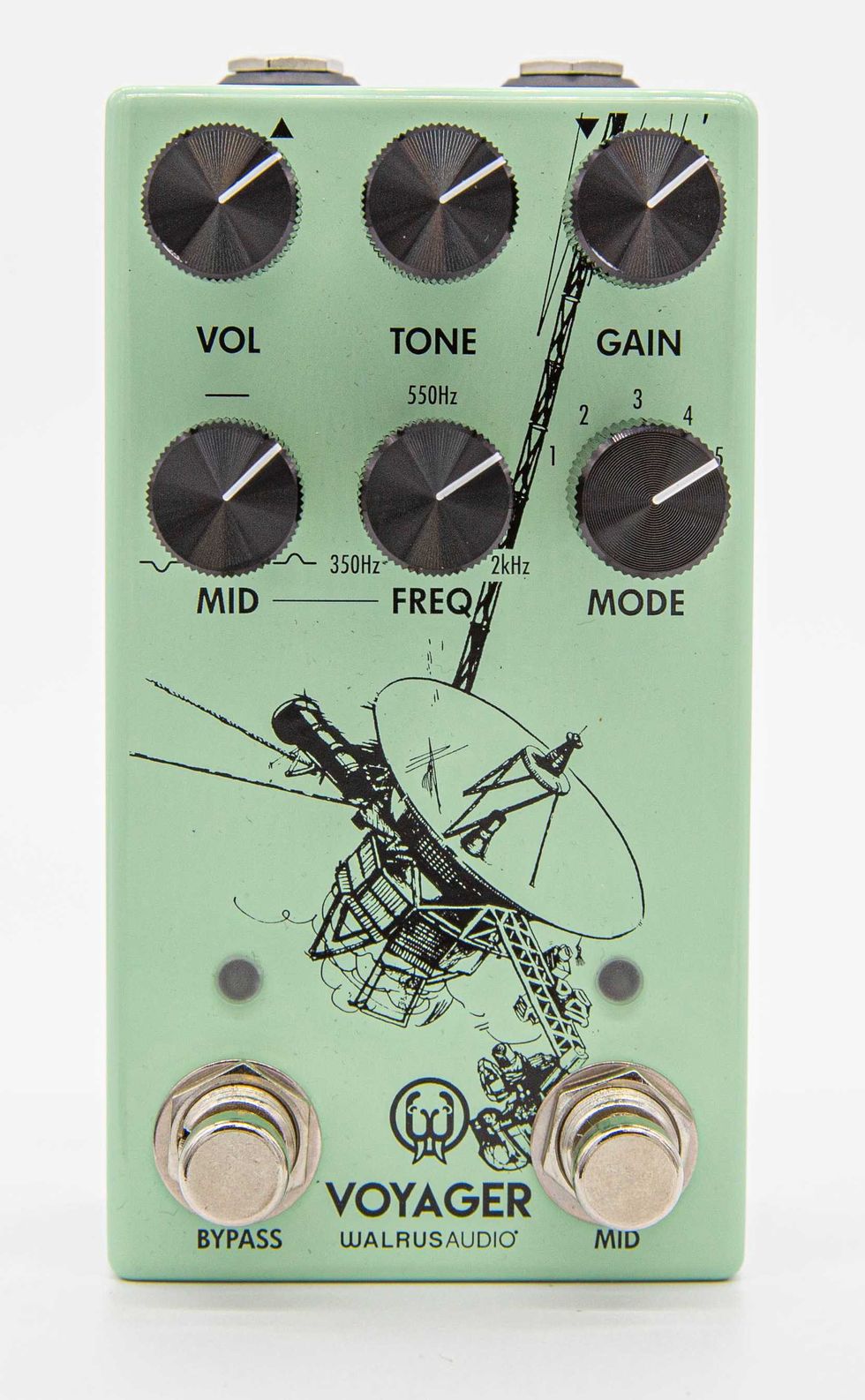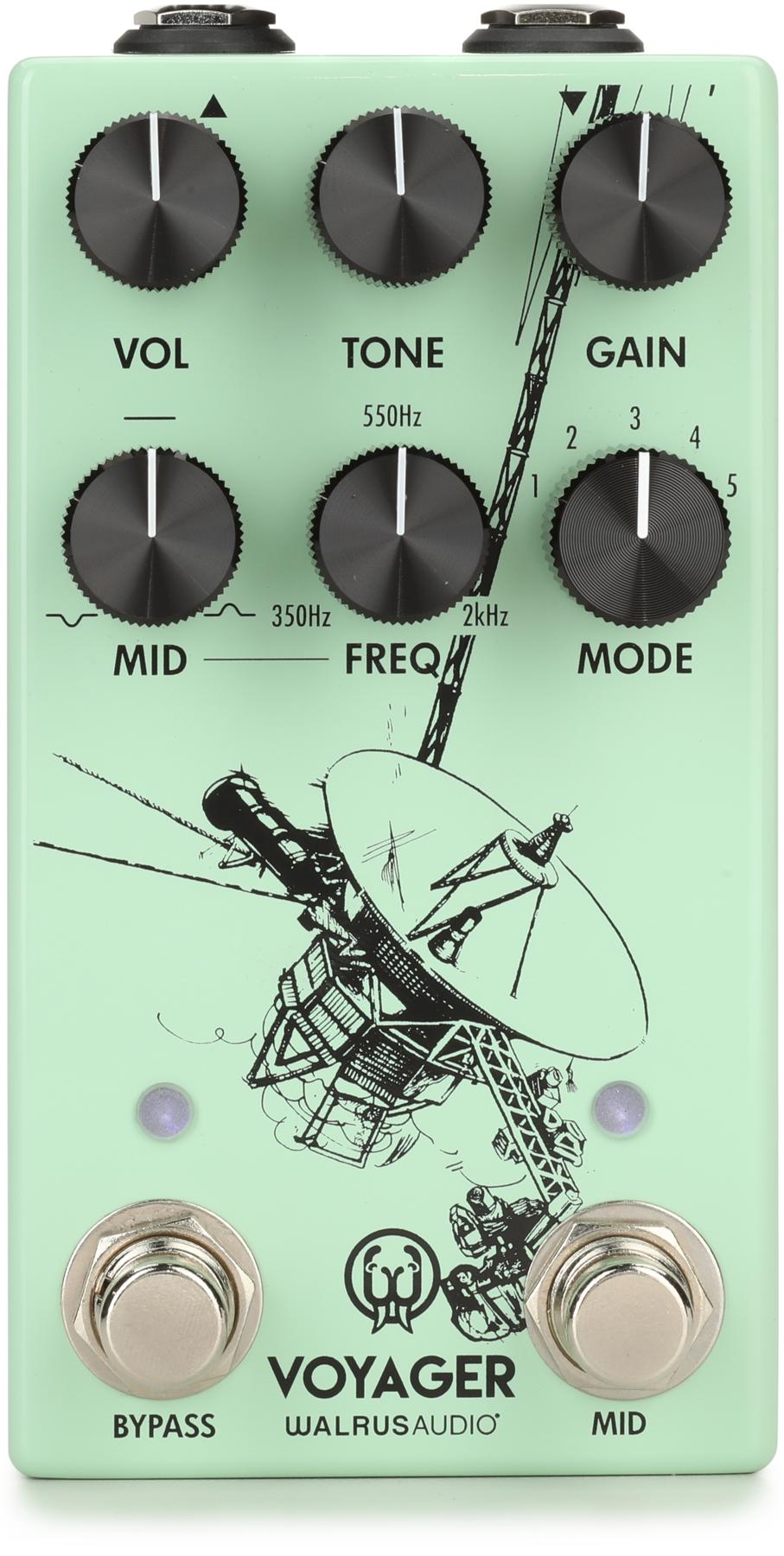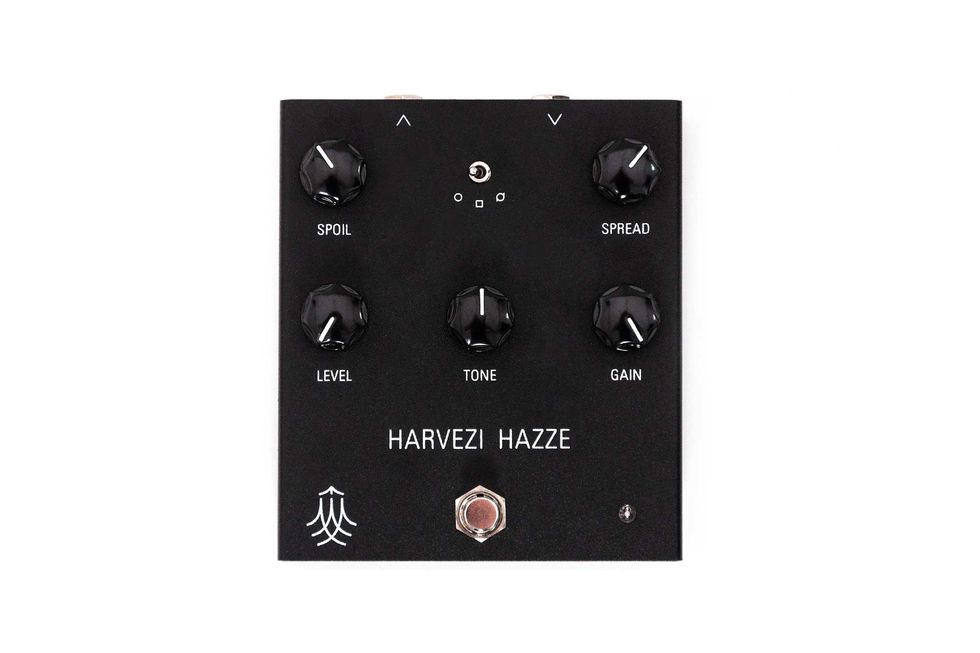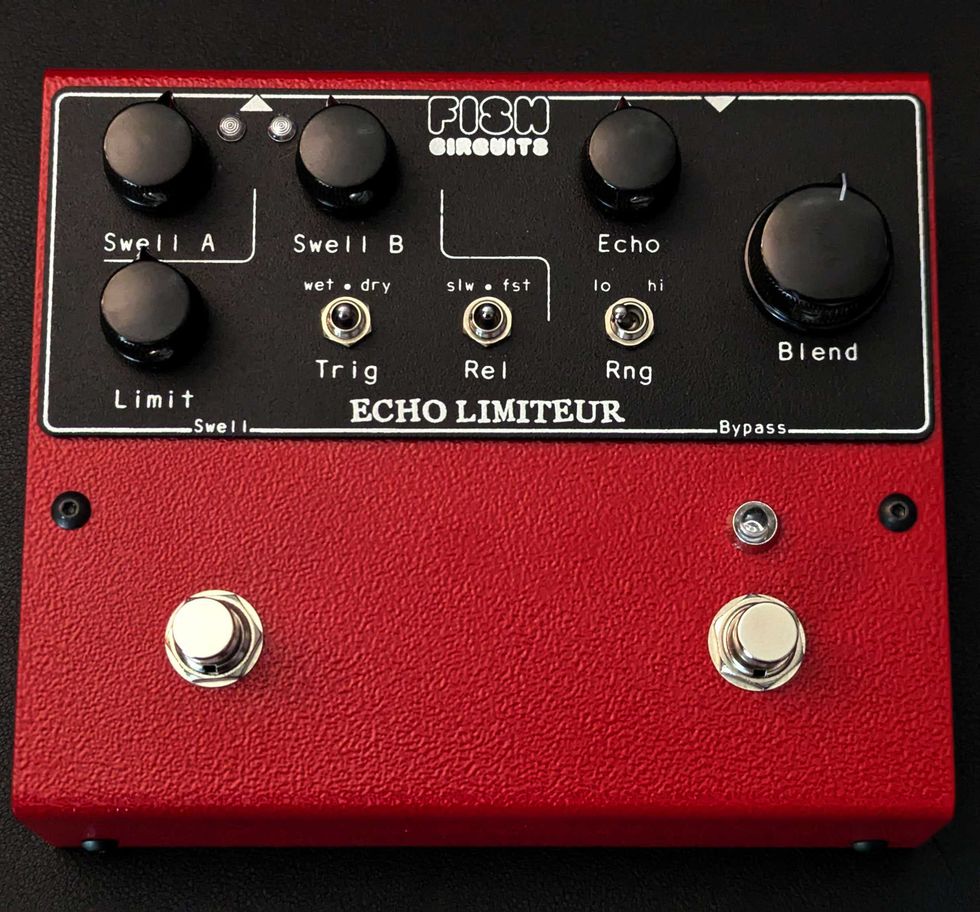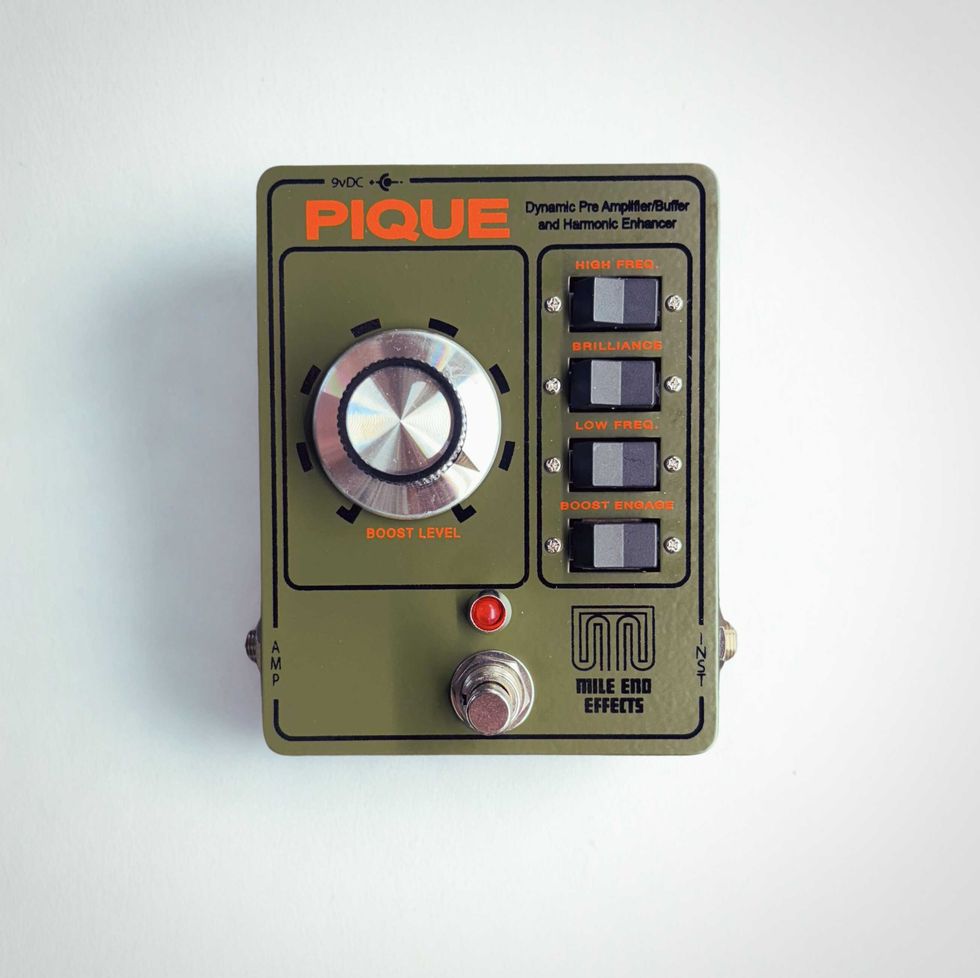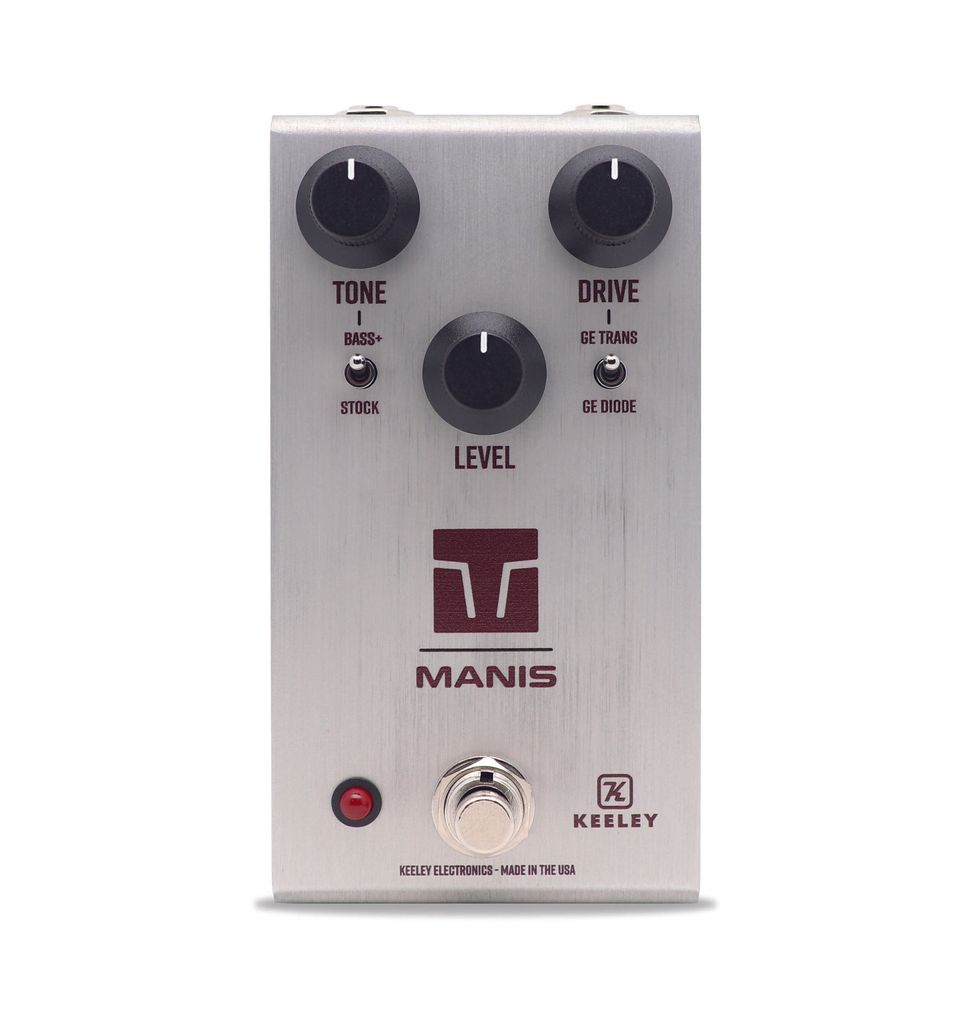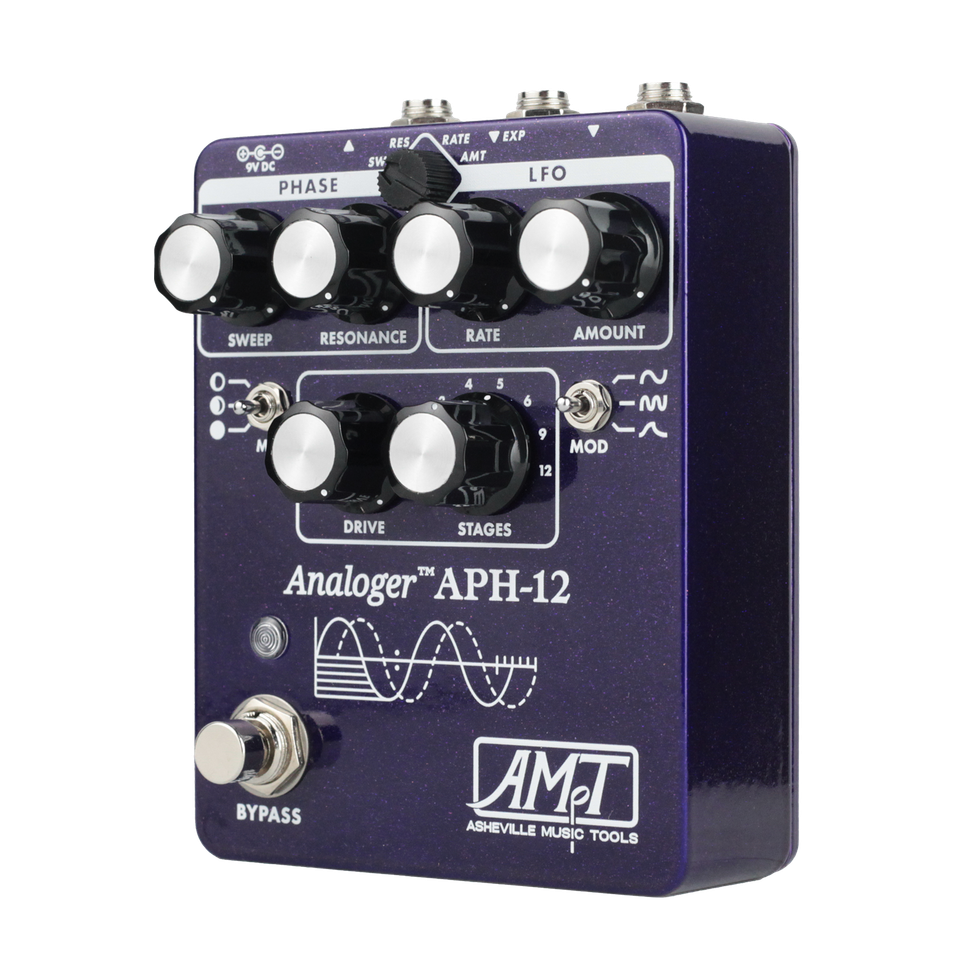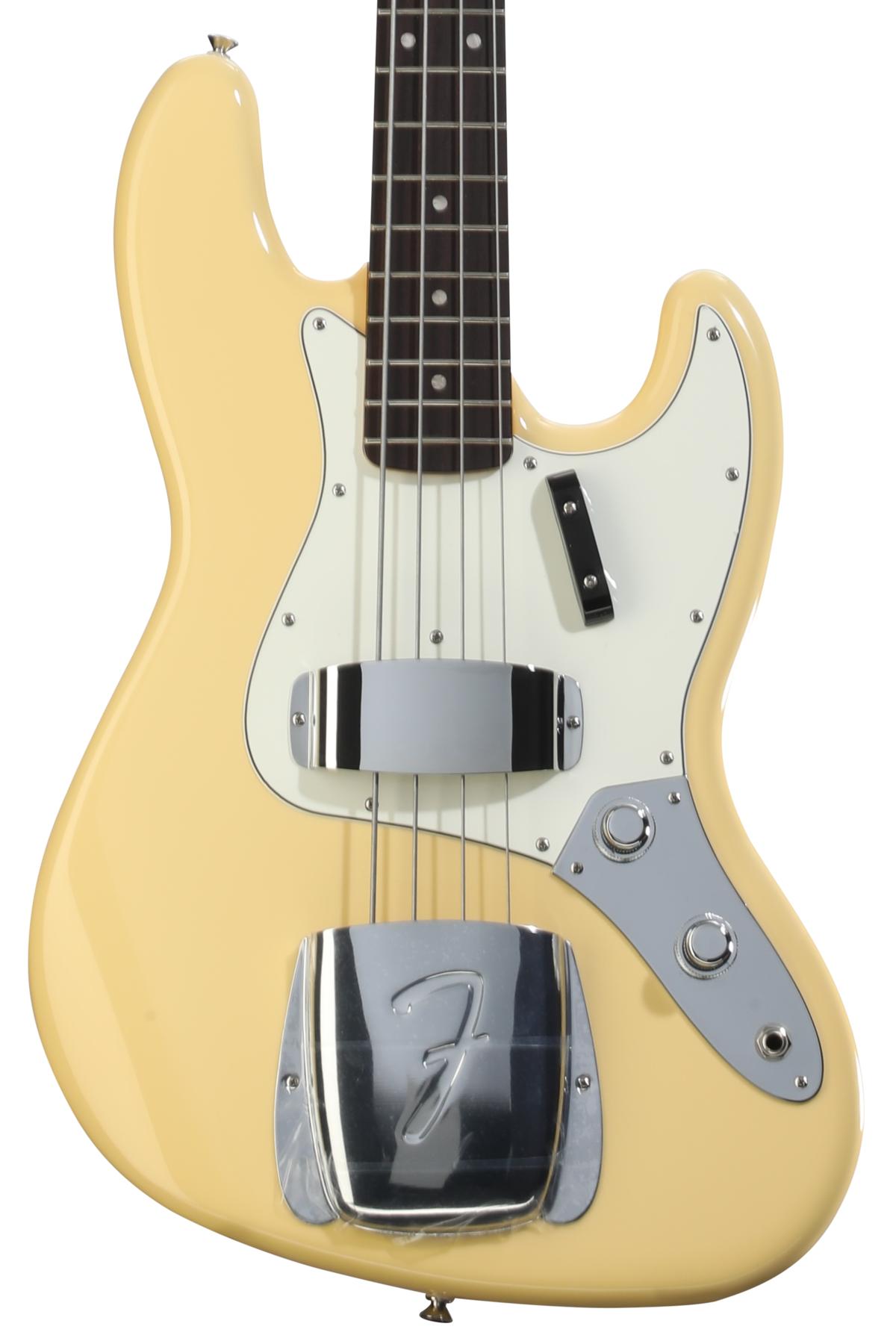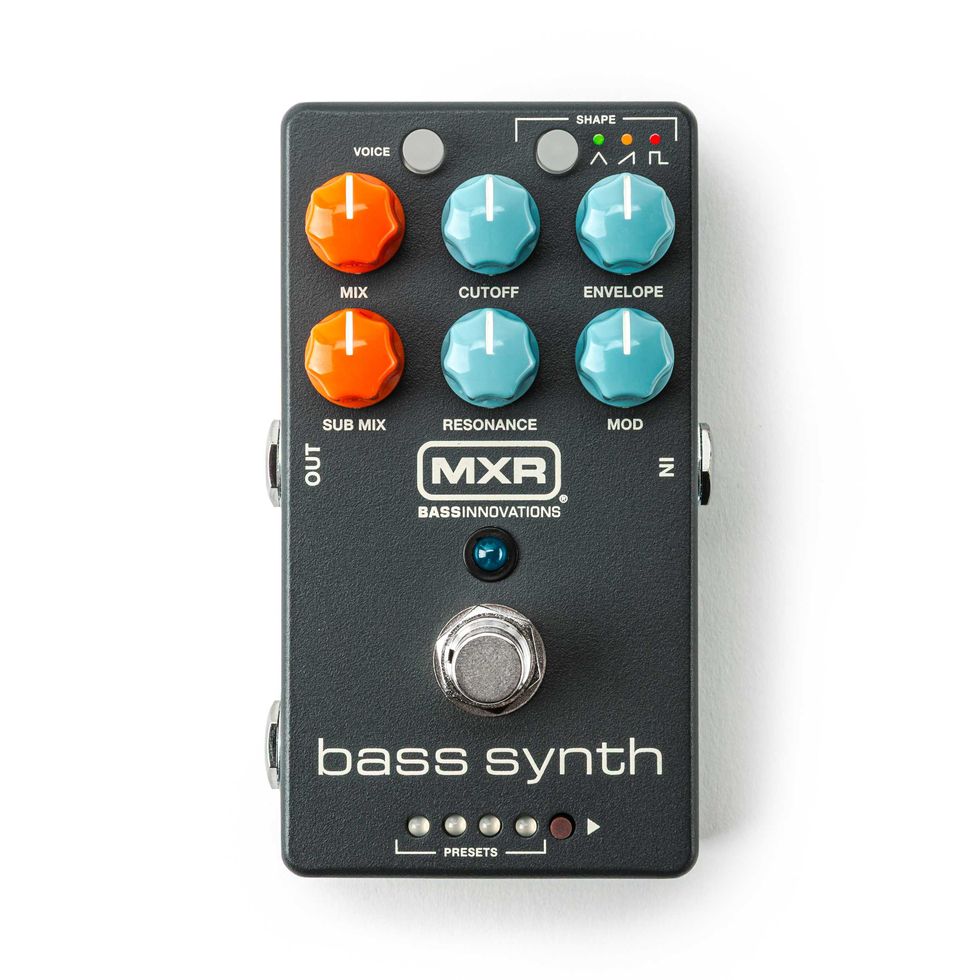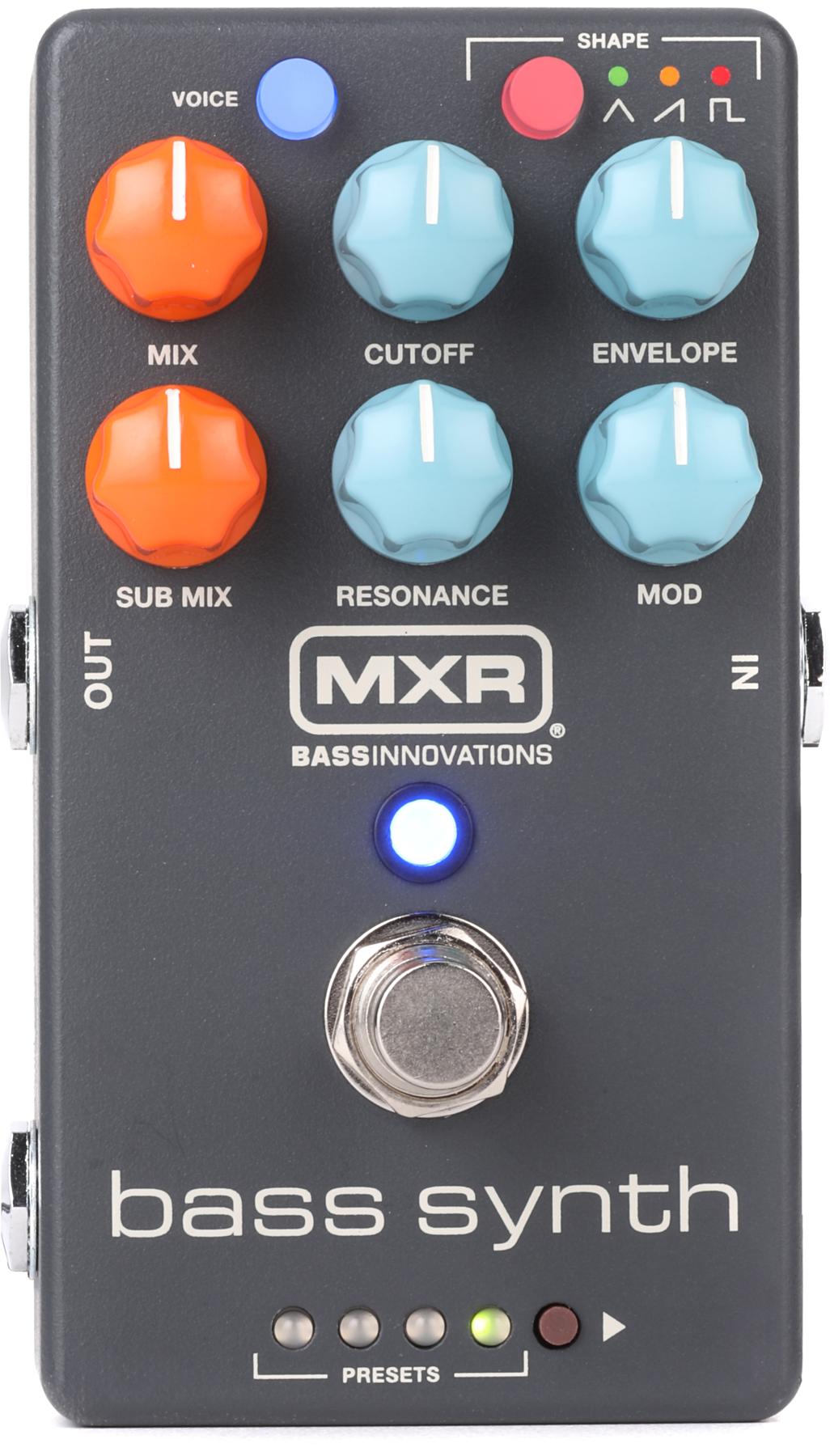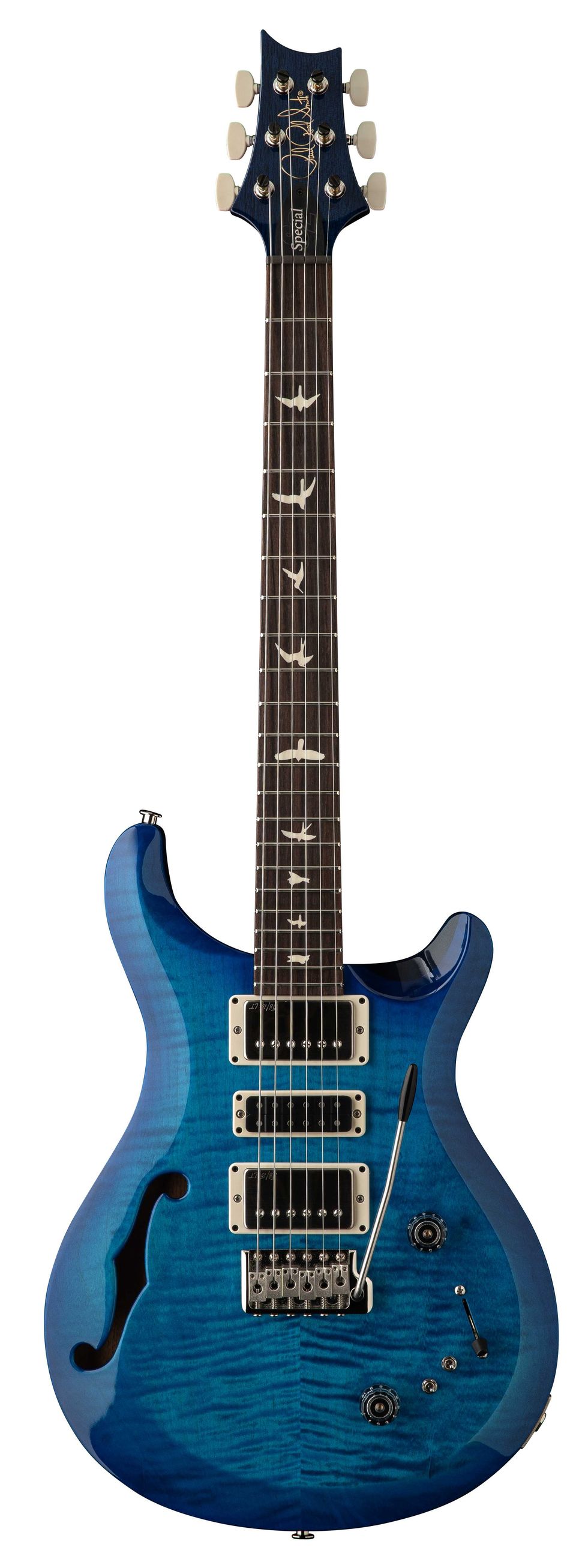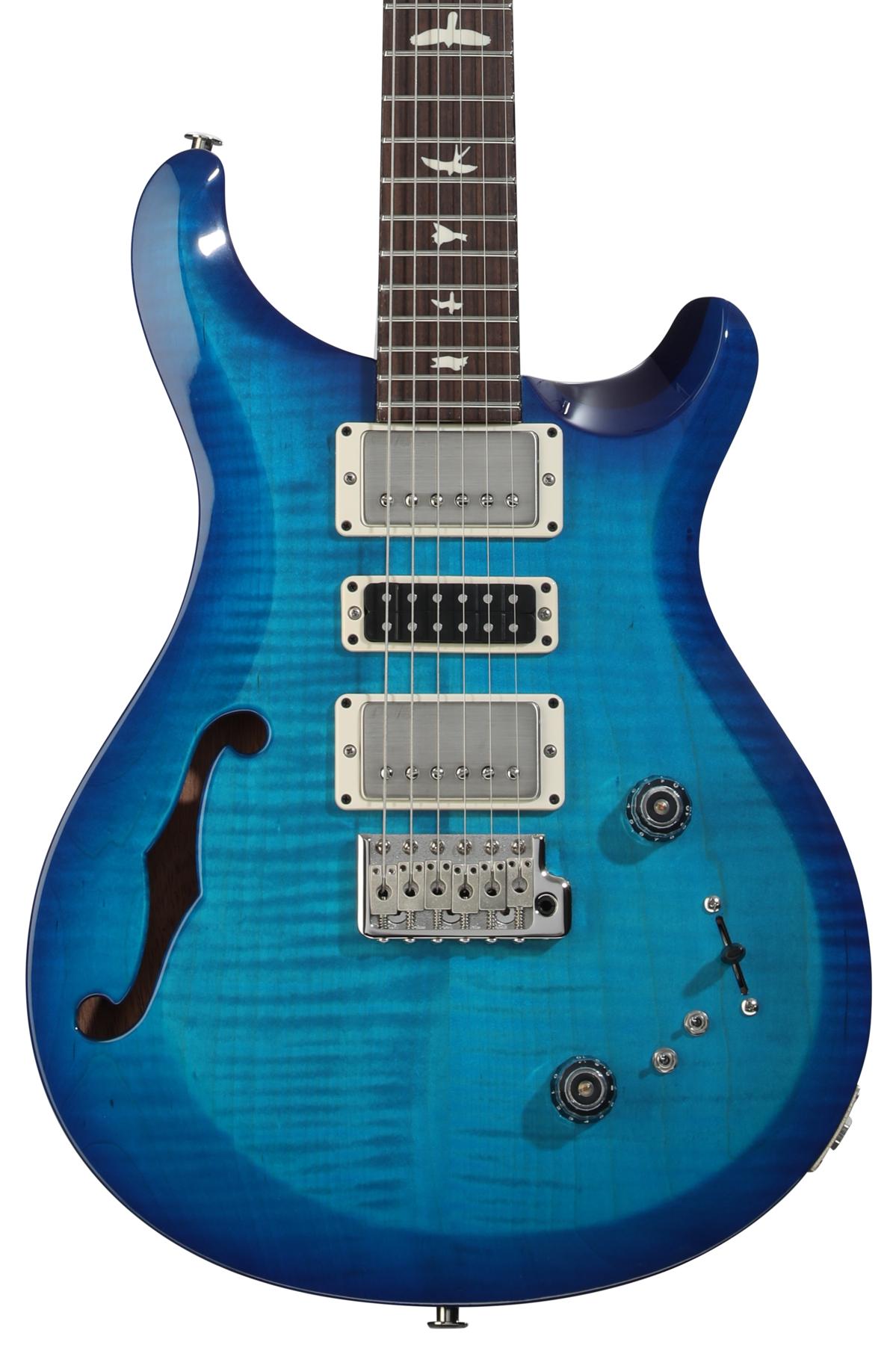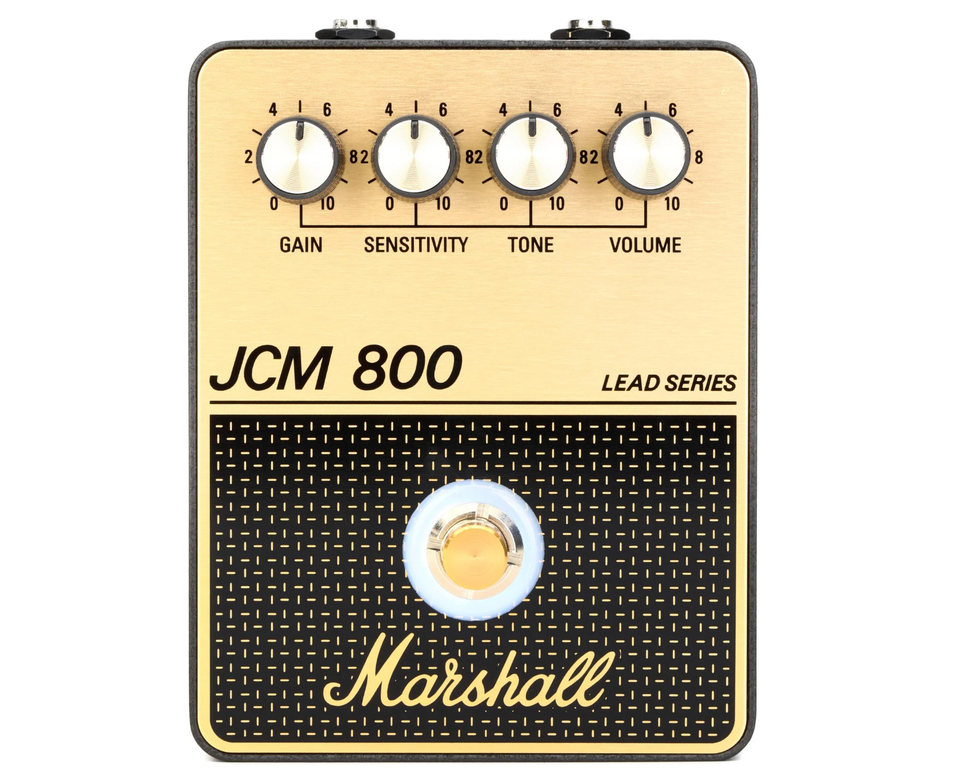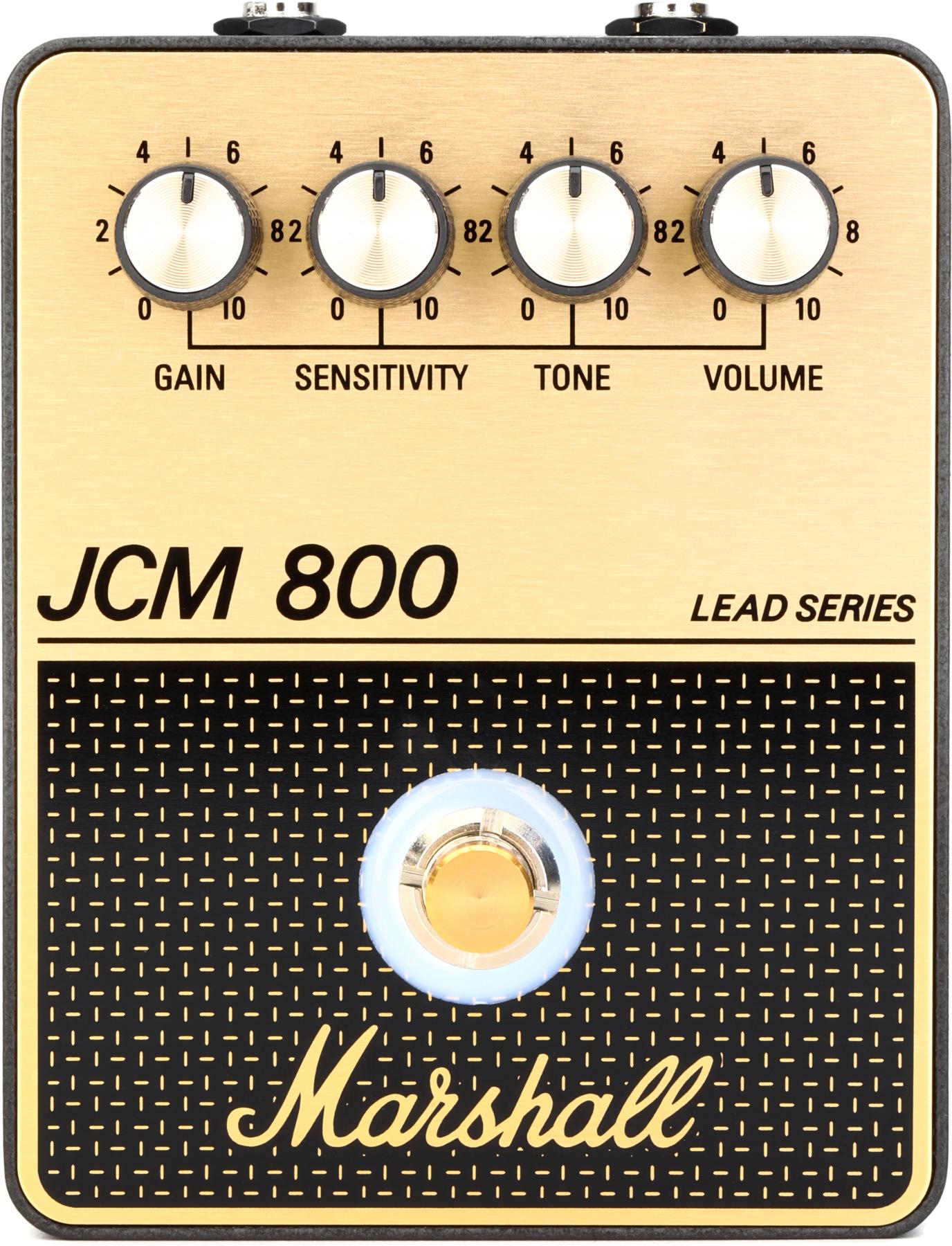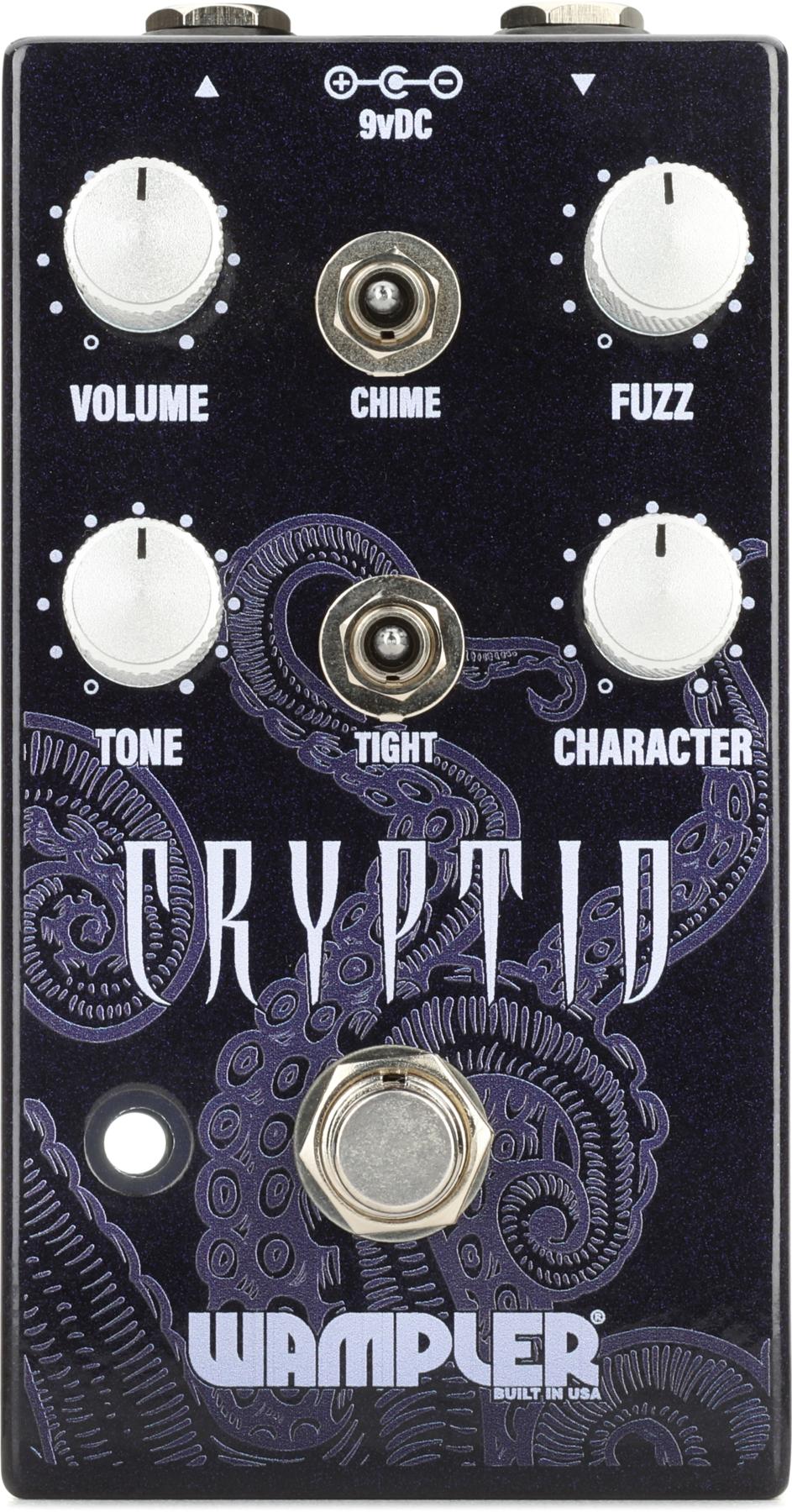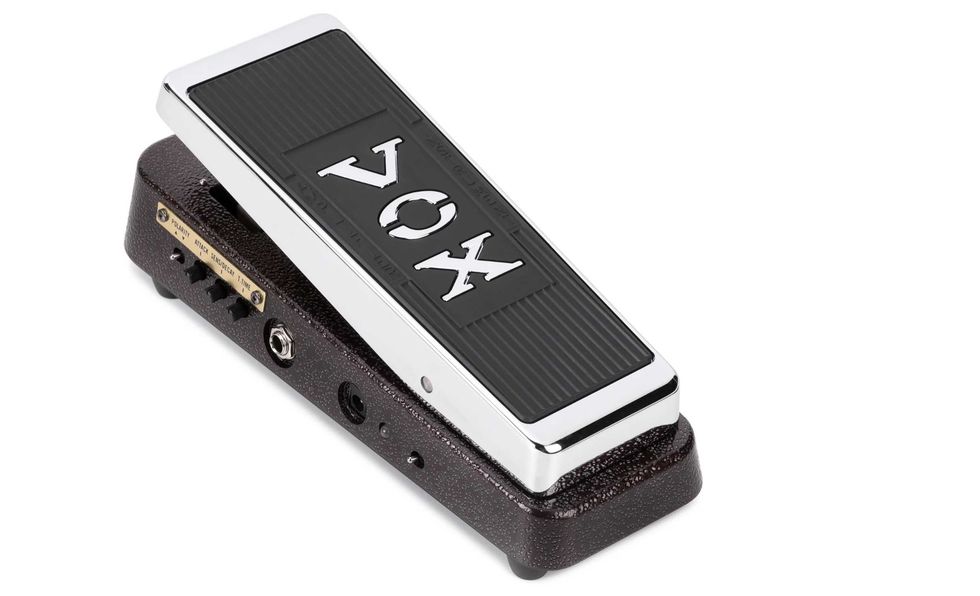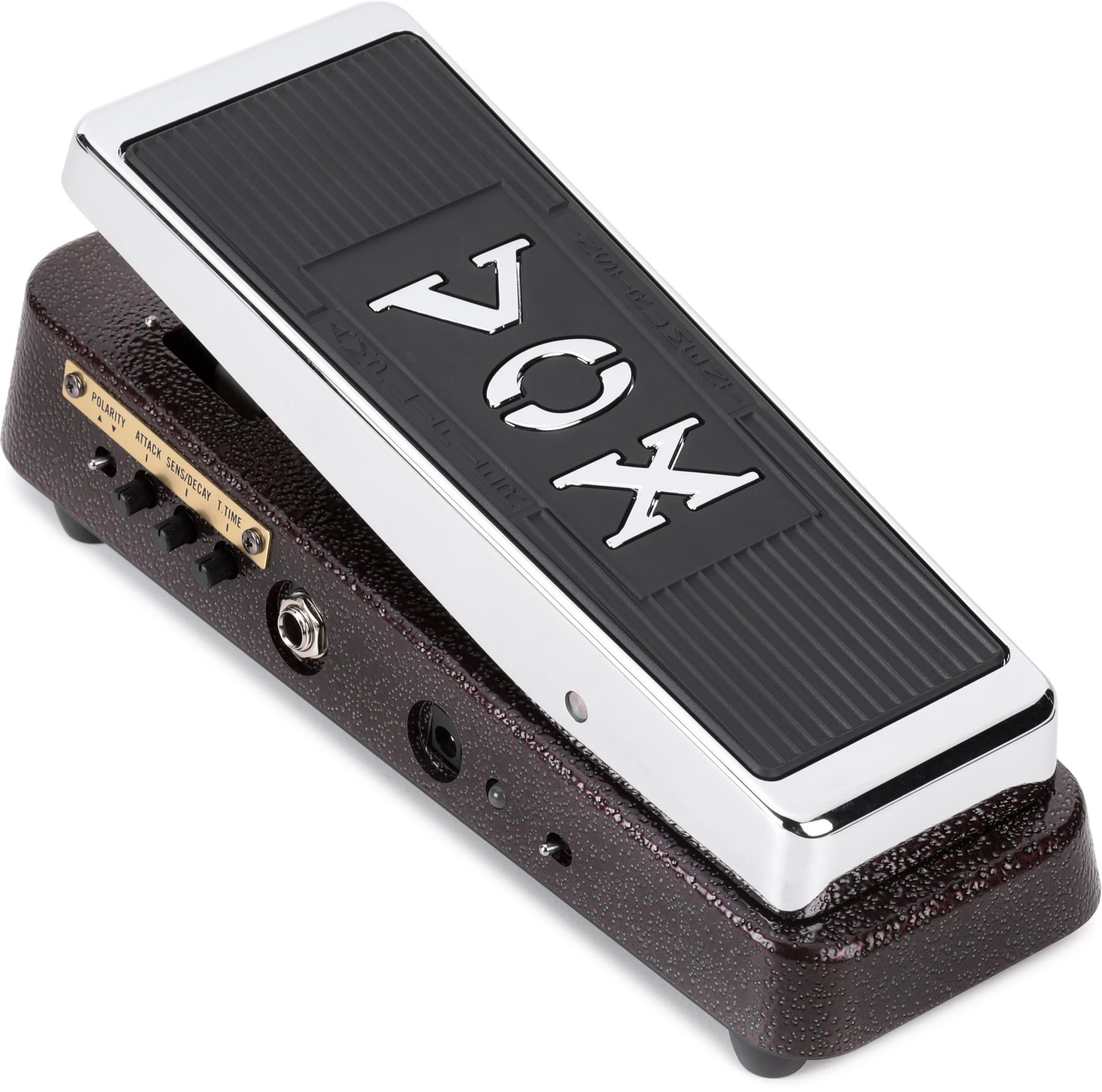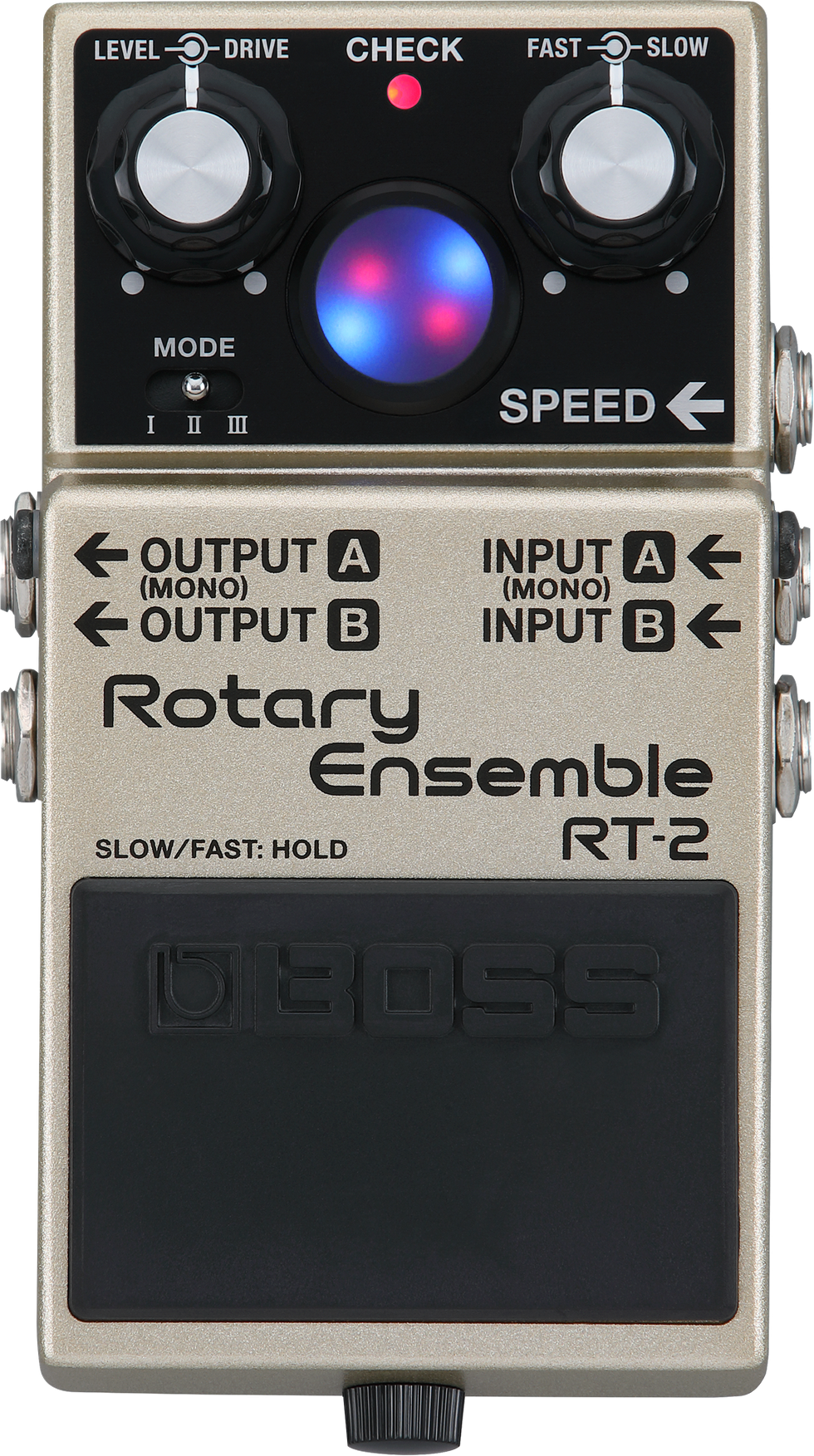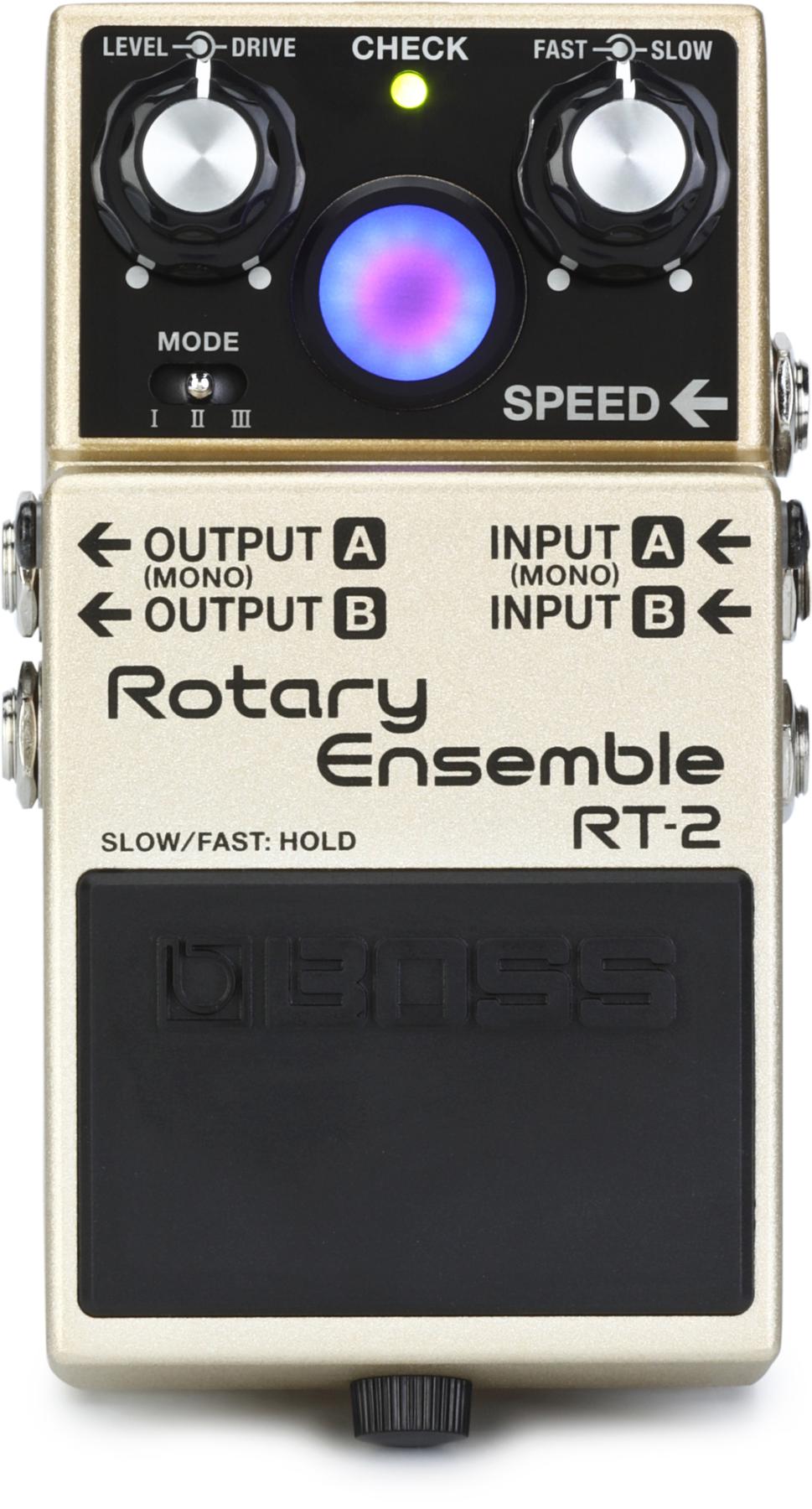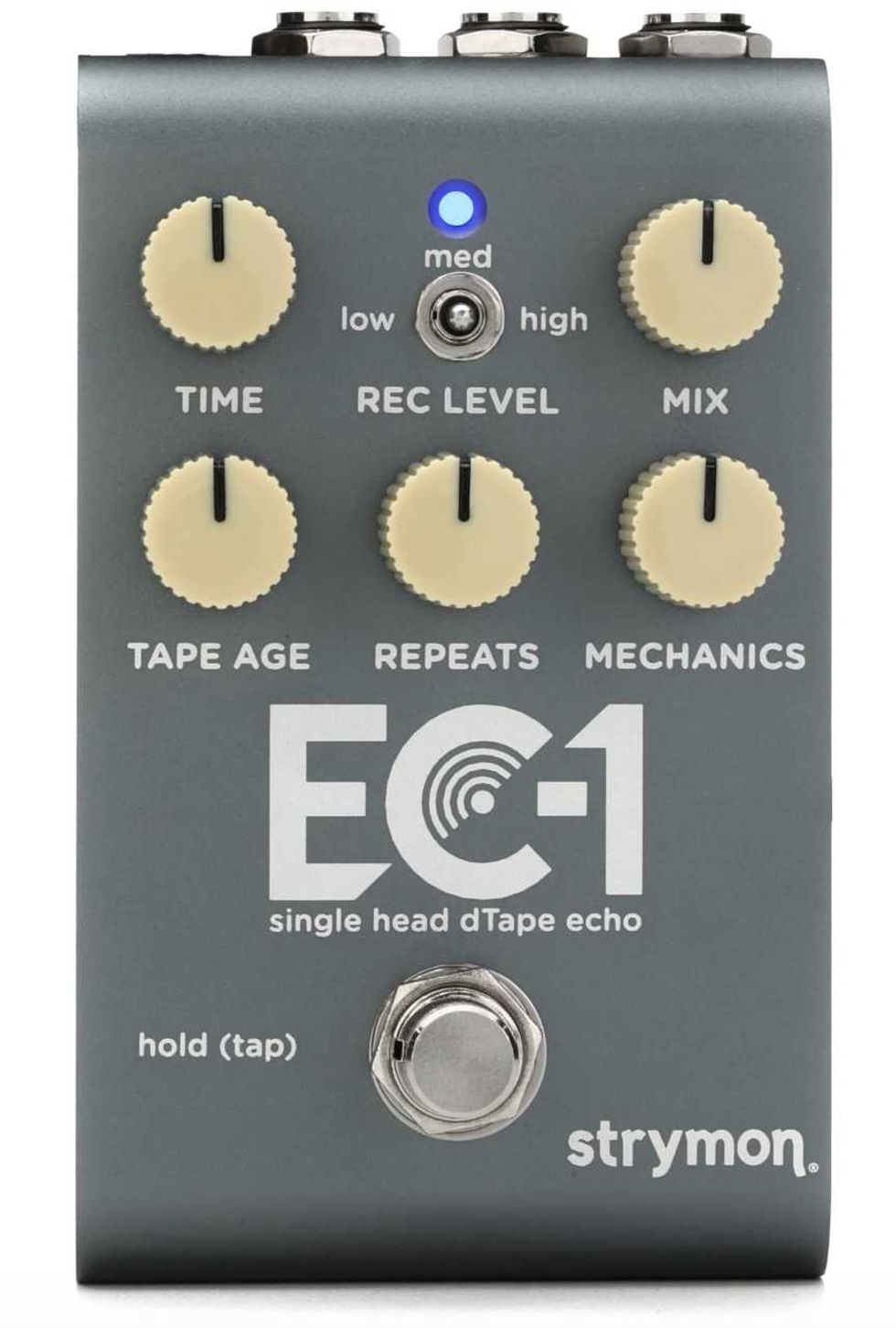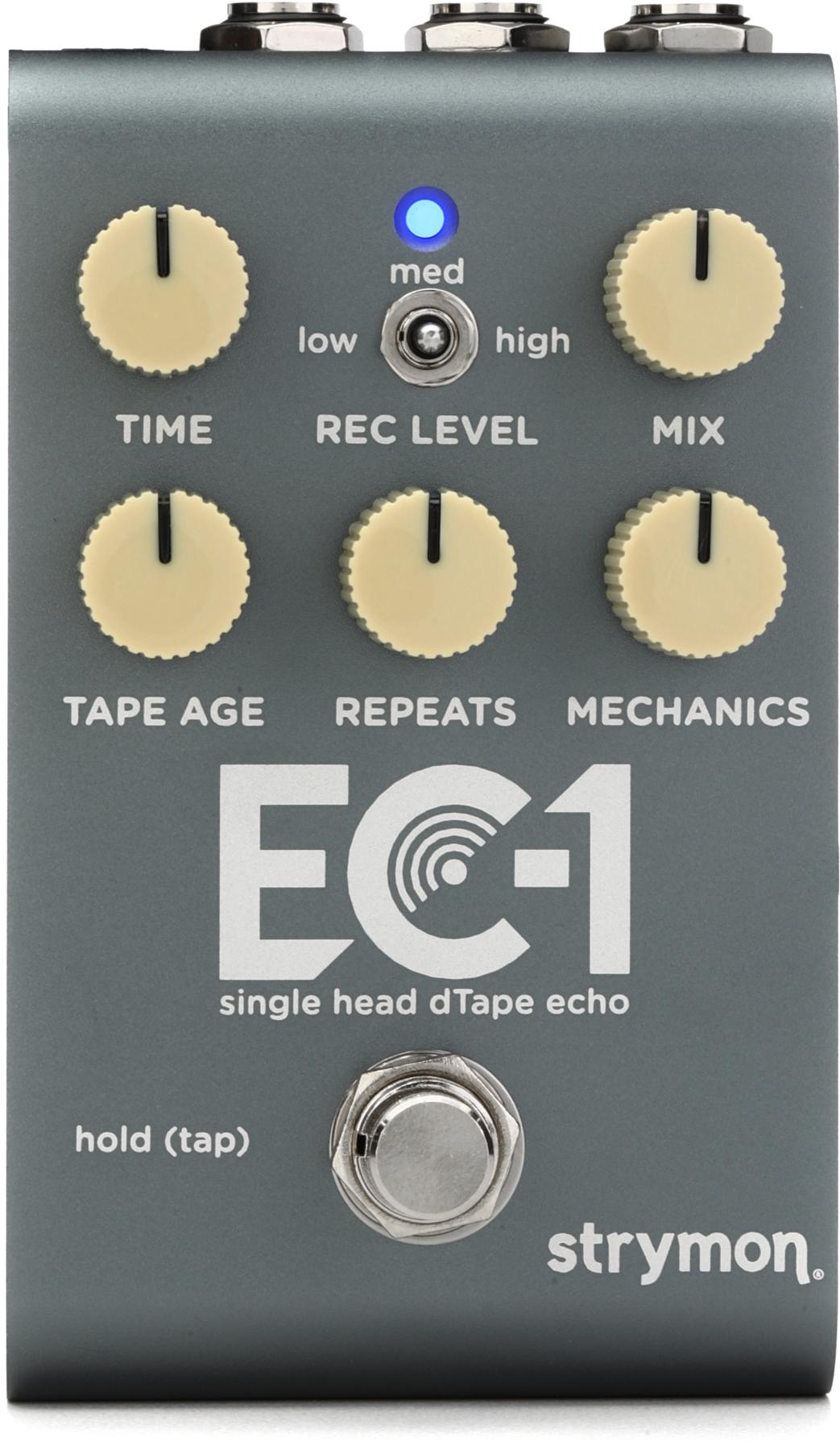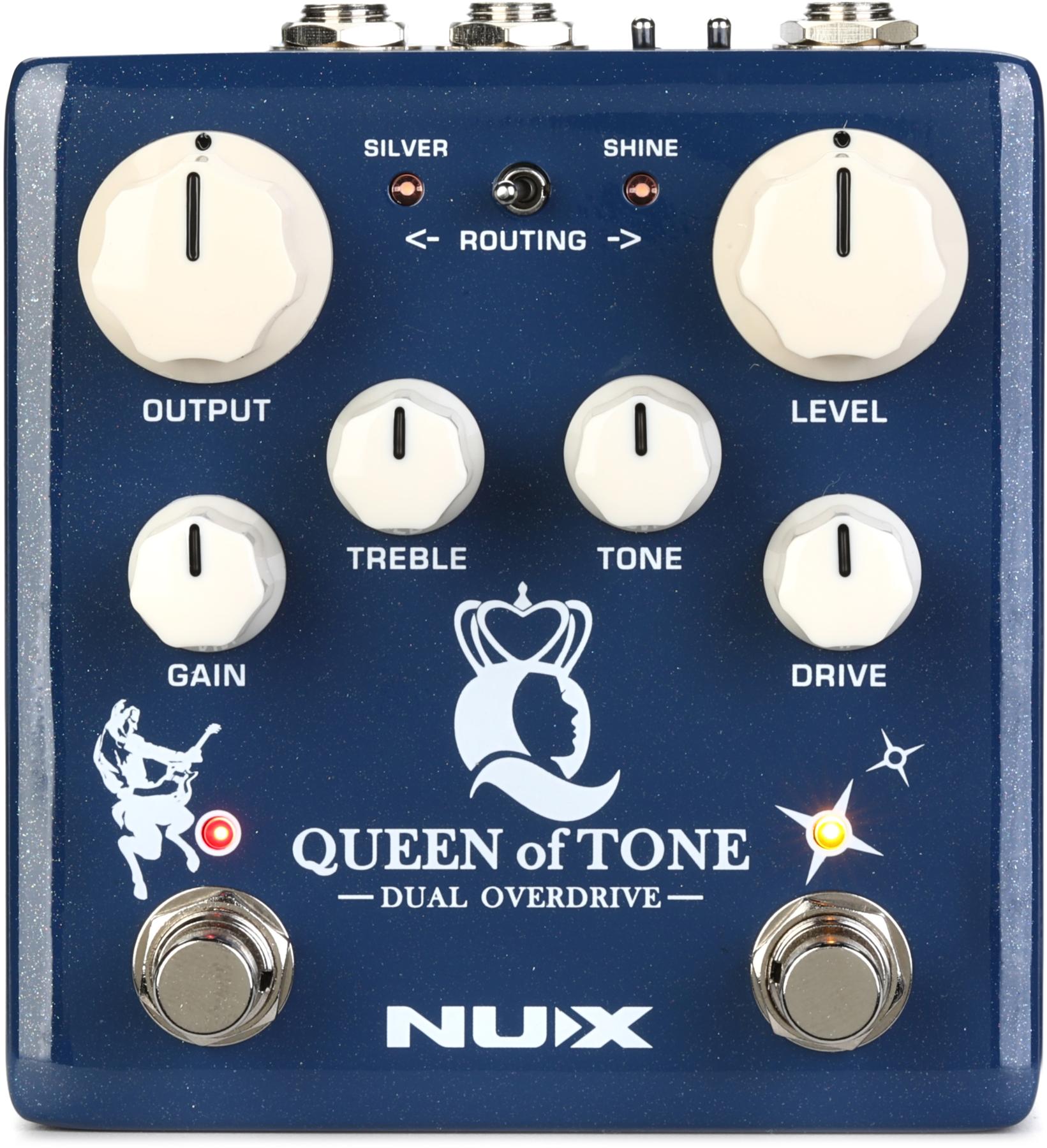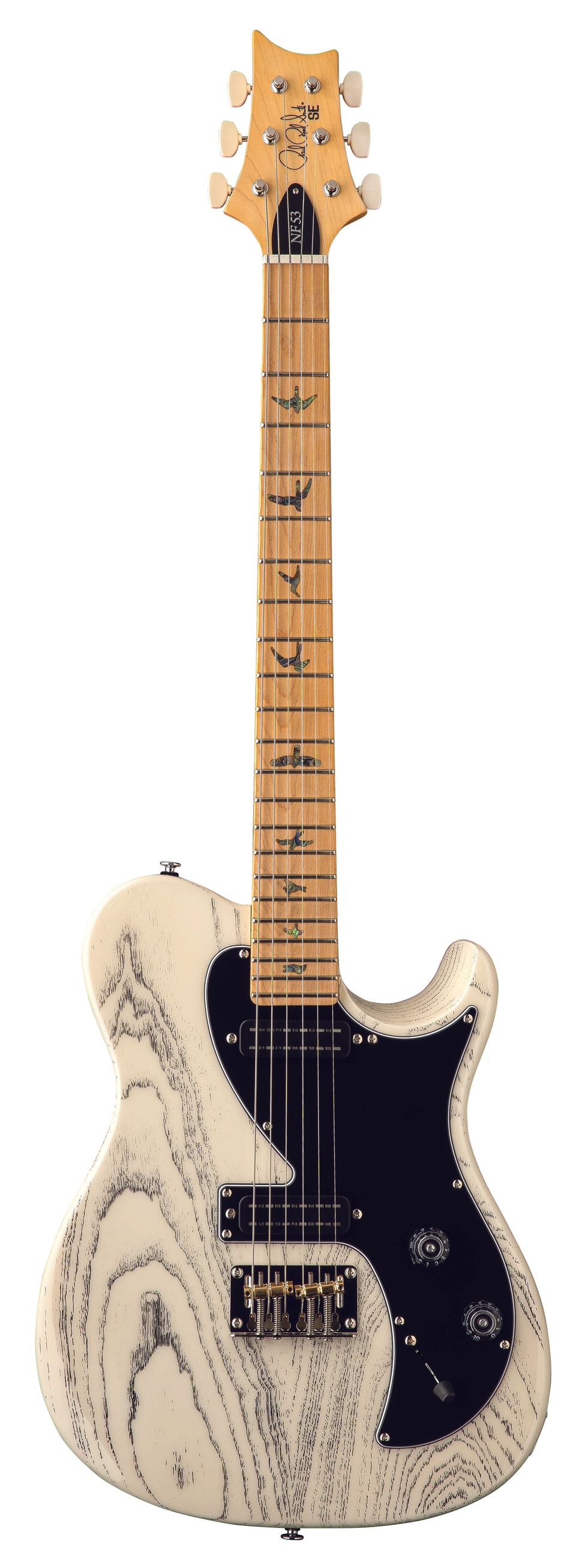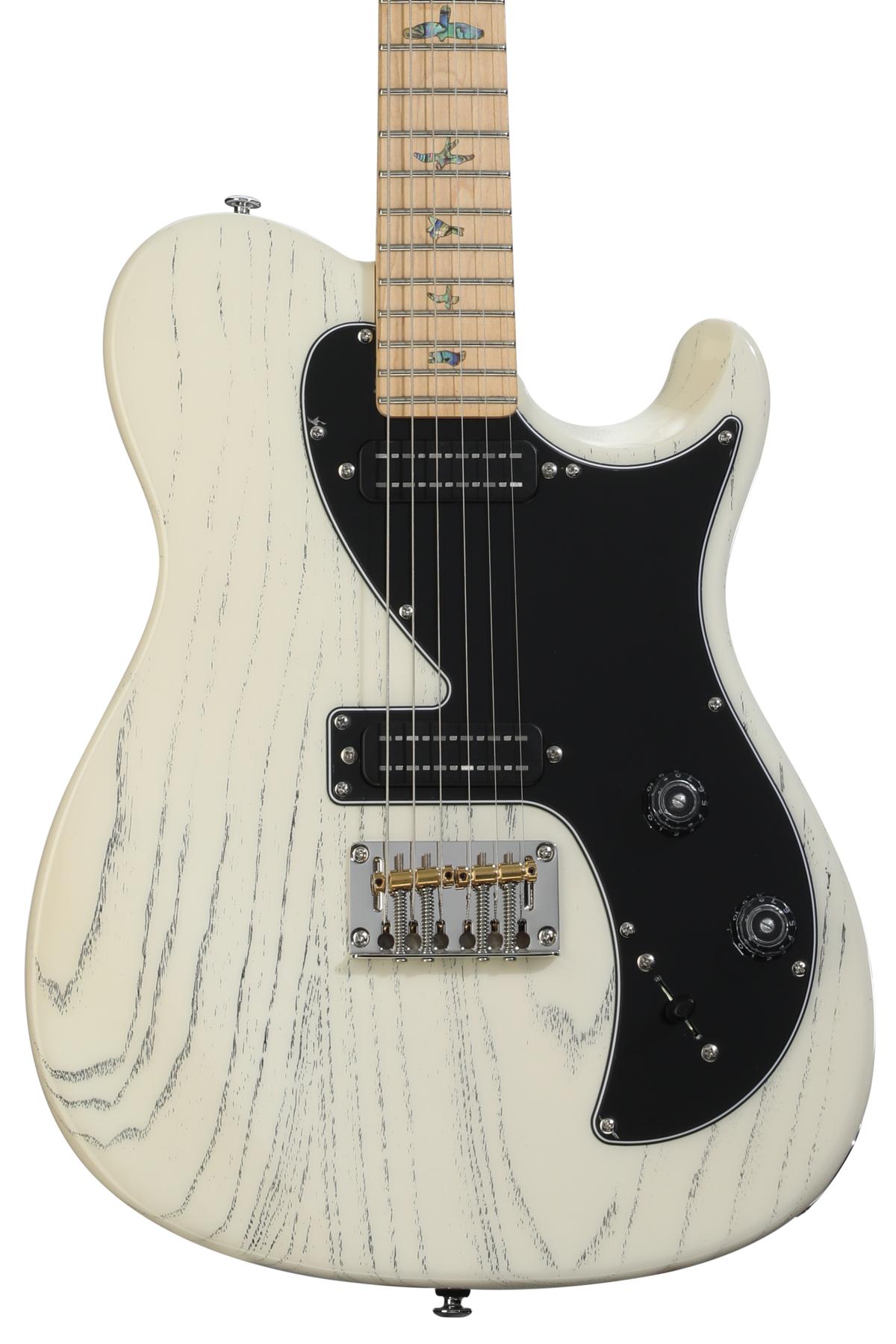Nathan Daniel founded Danelectro in 1947, in Red Bank, New Jersey. The company began as an amplifier manufacturer, providing amps for Montgomery Ward and Sears. Daniel had previously designed and built Epiphone’s Electar amp series. His pioneering designs included many industry firsts, such as the inclusion of tremolo and the amp-in-case.
Daniel was eventually approached by Sears to make an electric guitar for the retailer, and by 1954, Danelectro offered a line of low-priced guitars aimed at beginners. Sears sold a large percentage of the guitars and amps made by Danelectro under their Silvertone brand name. The price of these instruments was kept low by using an inexpensive composite material known as Masonite for the body fronts and backs. The bolt-on poplar necks were kept thin and easily playable by using two heavy-duty steel bars as reinforcement. The pickups, famously nicknamed “lipstick pickups,” actually utilized the same enclosures as lipstick, with an alnico magnet inside wrapped in electrical tape. By the late ’50s, the interior electronics were shielded with copper paper. And today’s lipstick pickup enclosures are made specifically for guitars.
Wear marks just below the pickup location on both necks reveal that this guitar got plenty of play. Note the concentric volume and tone knobs, so each neck’s pickup can be individually controlled.
Until 1958, Danelectro guitars had a single-cutaway body with a shape similar to a Les Paul or Telecaster, and were finished in several bright automotive colors. That year, a new double-cutaway design took over, with the extreme “longhorn” look and the less outrageous “shorthorn” models. Six-string and 4-string basses, and doublenecks, were offered as well as the ultramodern Guitarlin, which was designed to cover both the range of the guitar and mandolin.
The first lipstick pickups were, indeed, housed inside surplus lipstick cases, and the same containers were used for years. Modern lipstick pickups have enclosures made specifically for electric guitars.
The Doubleneck Model 3923 debuted in 1959 and boasted one 24 3/4”-scale 6-string guitar neck and one 30”-scale 4-string bass neck. The 3923 pictured has the company’s standard white sunburst (aka copperburst) finish on a double-shorthorn cutaway body. The 3-way switch selects which neck is engaged. The center position activates both at once. The concentric knobs take care of volume and tone for each neck. The original 1965 price was $175, and the current value is $1,750.
A close-up look at the 3923’s twin headstocks reveals more playwear on this vintage model, which retailed for $175 and now commands 10 times that amount.
Behind the Danelectro is a Fender Bandmaster head and cab dating to May 1964. This is one of the last white Tolex versions before the change to black Tolex in the middle of that year. Two 6L6 power tubes push 40 watts of power through a closed-back cabinet containing two 12” speakers. The original price was $369.50. The current value is $2,000.
Sources for this article include Strat in the Attic: Thrilling Stories of Guitar Archaeology by Deke Dickerson; American Guitars: An Illustrated History by Tom Wheeler; Classic Guitars of the ’50s by Charles Alexander, Tony Bacon, Paul Day, and others; Electric Guitars by Rob Goudy; Fender Amps: The First Fifty Years by John Teagle and John Sprung; and “The Danelectro Story: Guitar Weirdness at a Price” by Jim Washburn and Steve Soest on jackaboutguitars.com.



